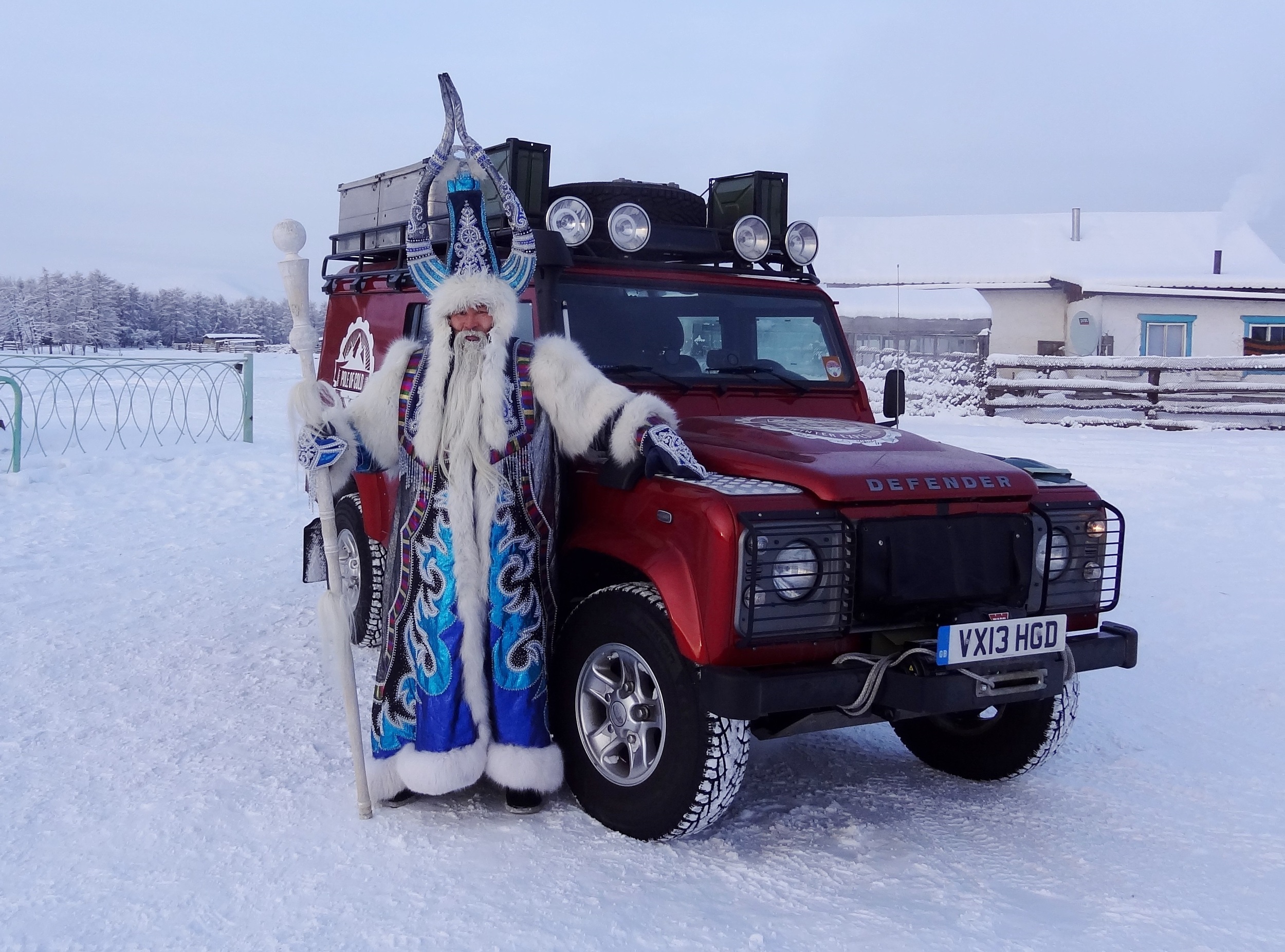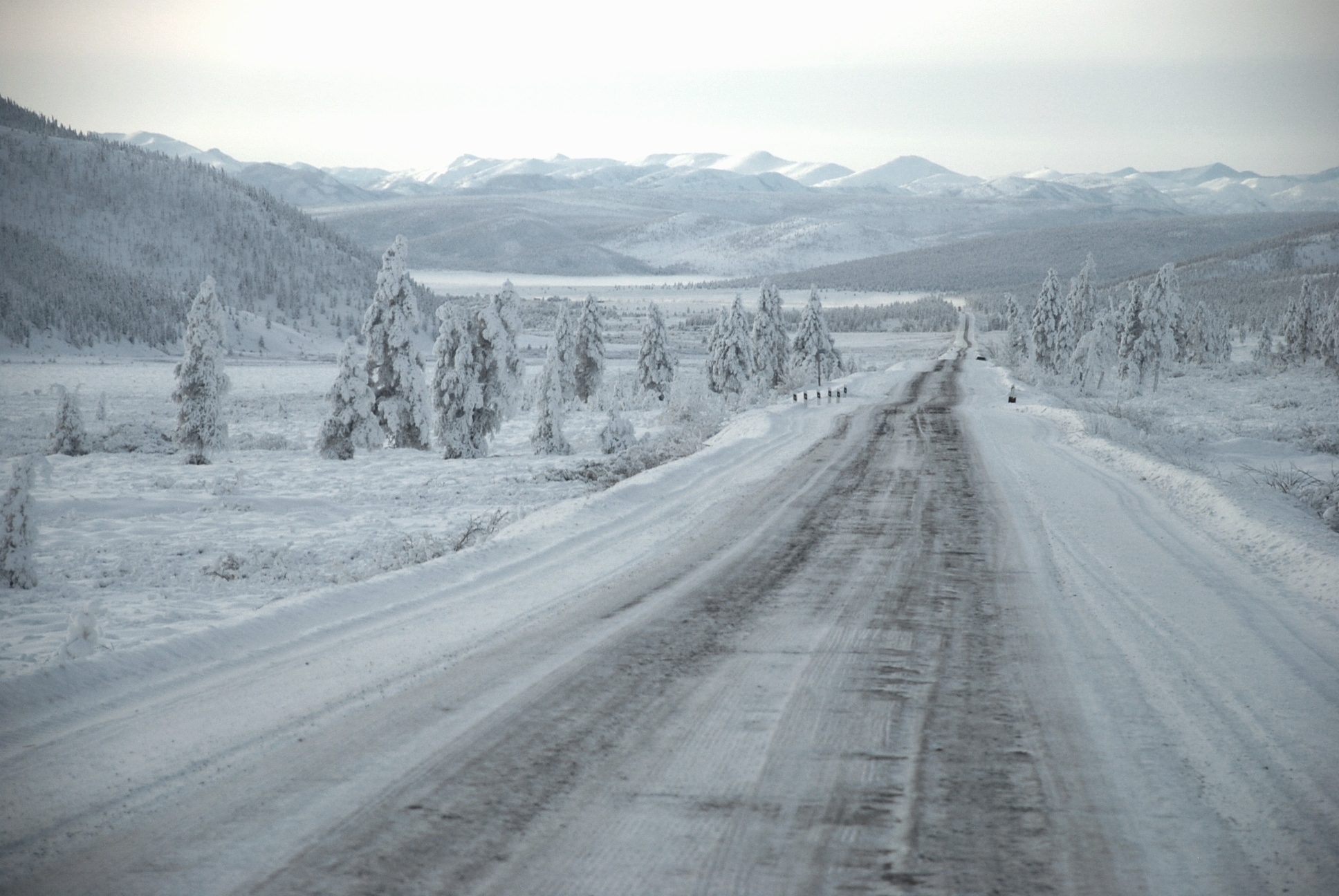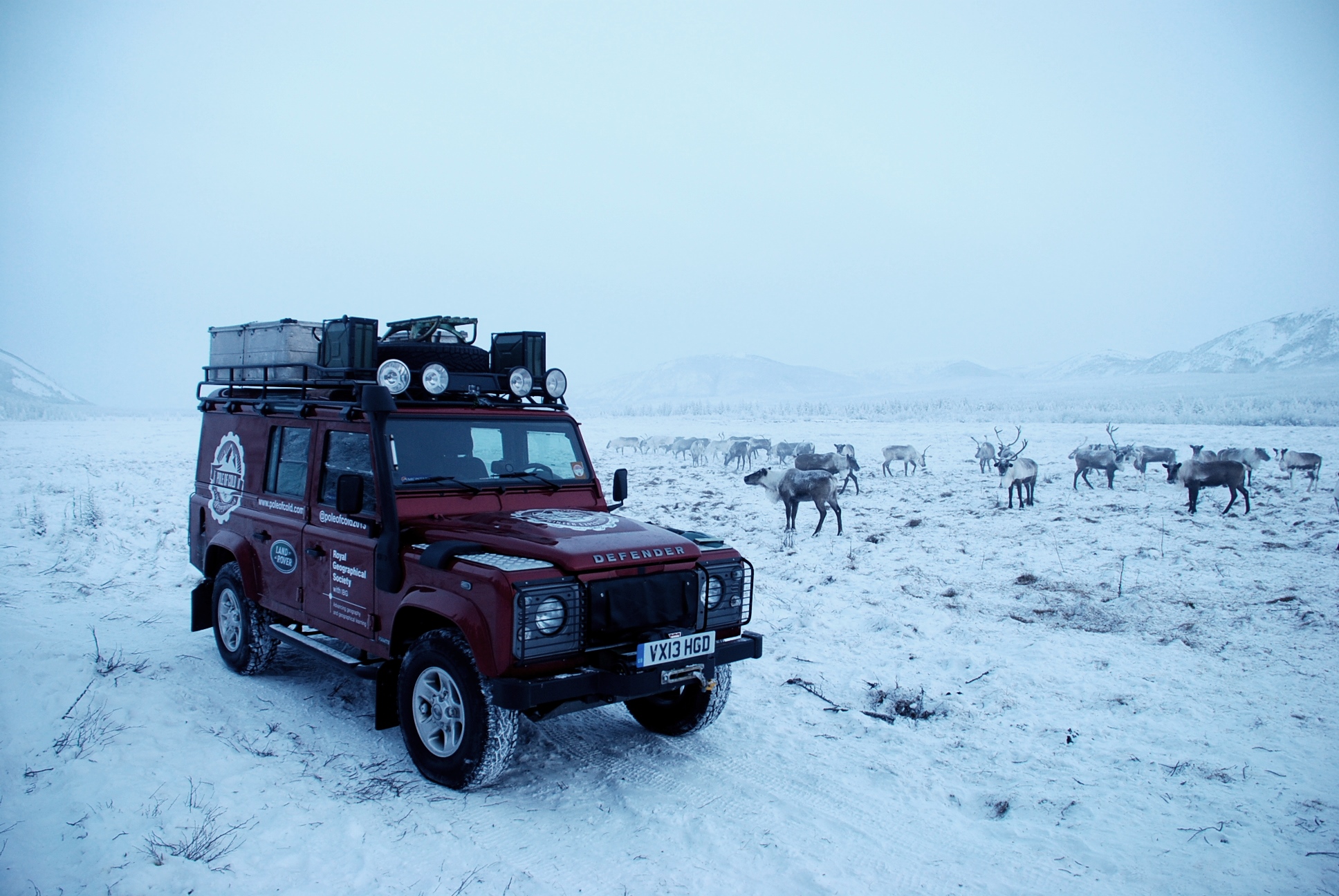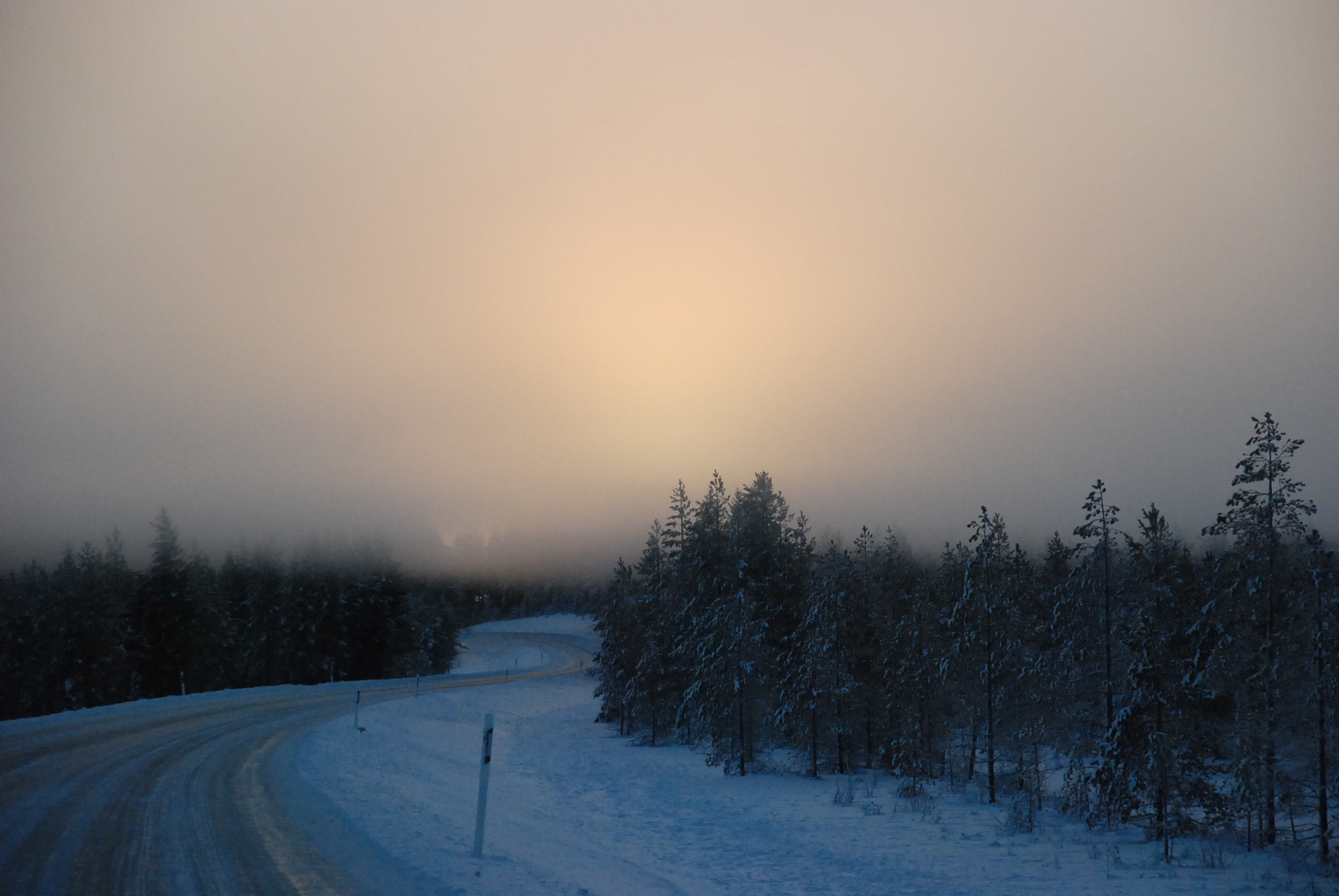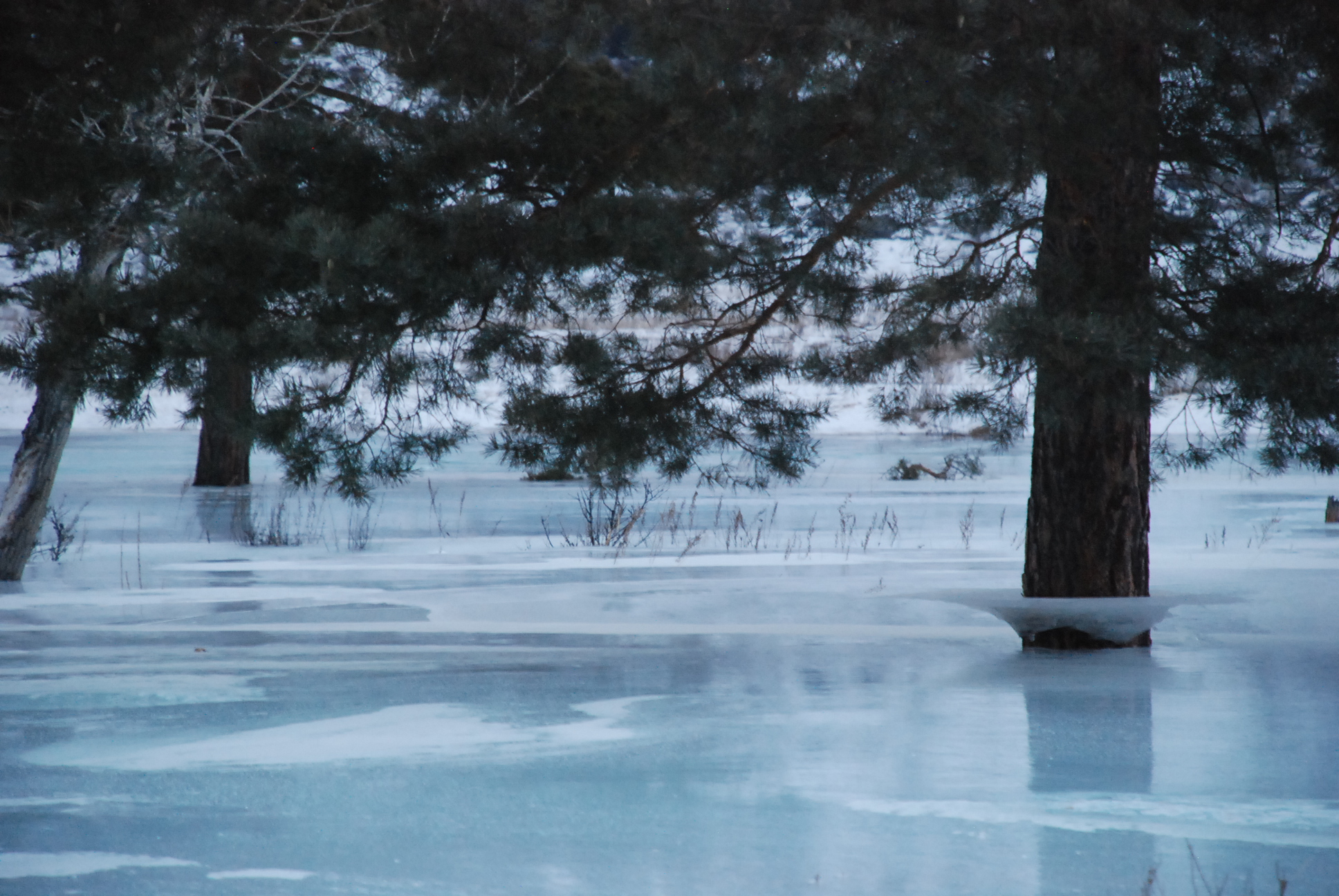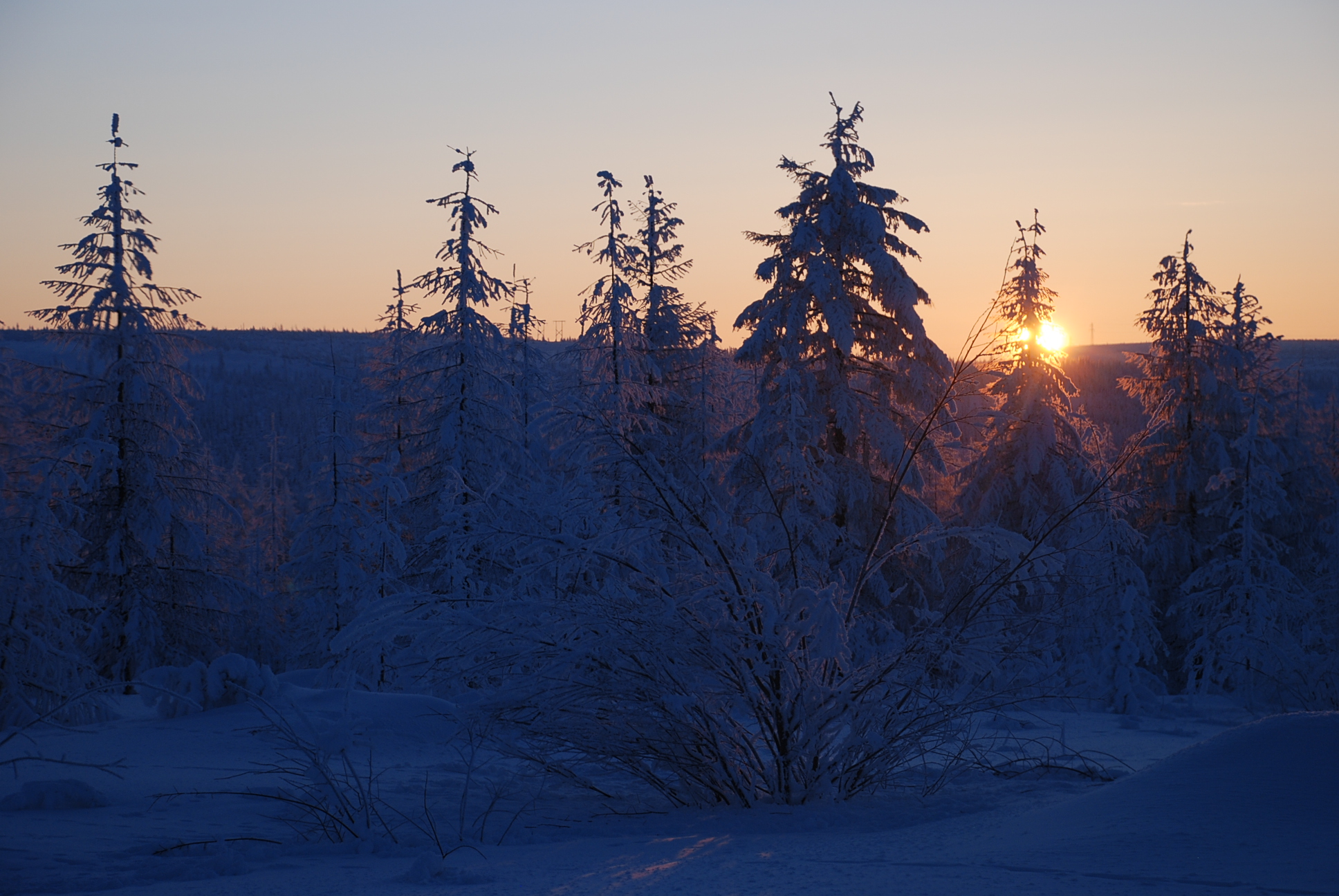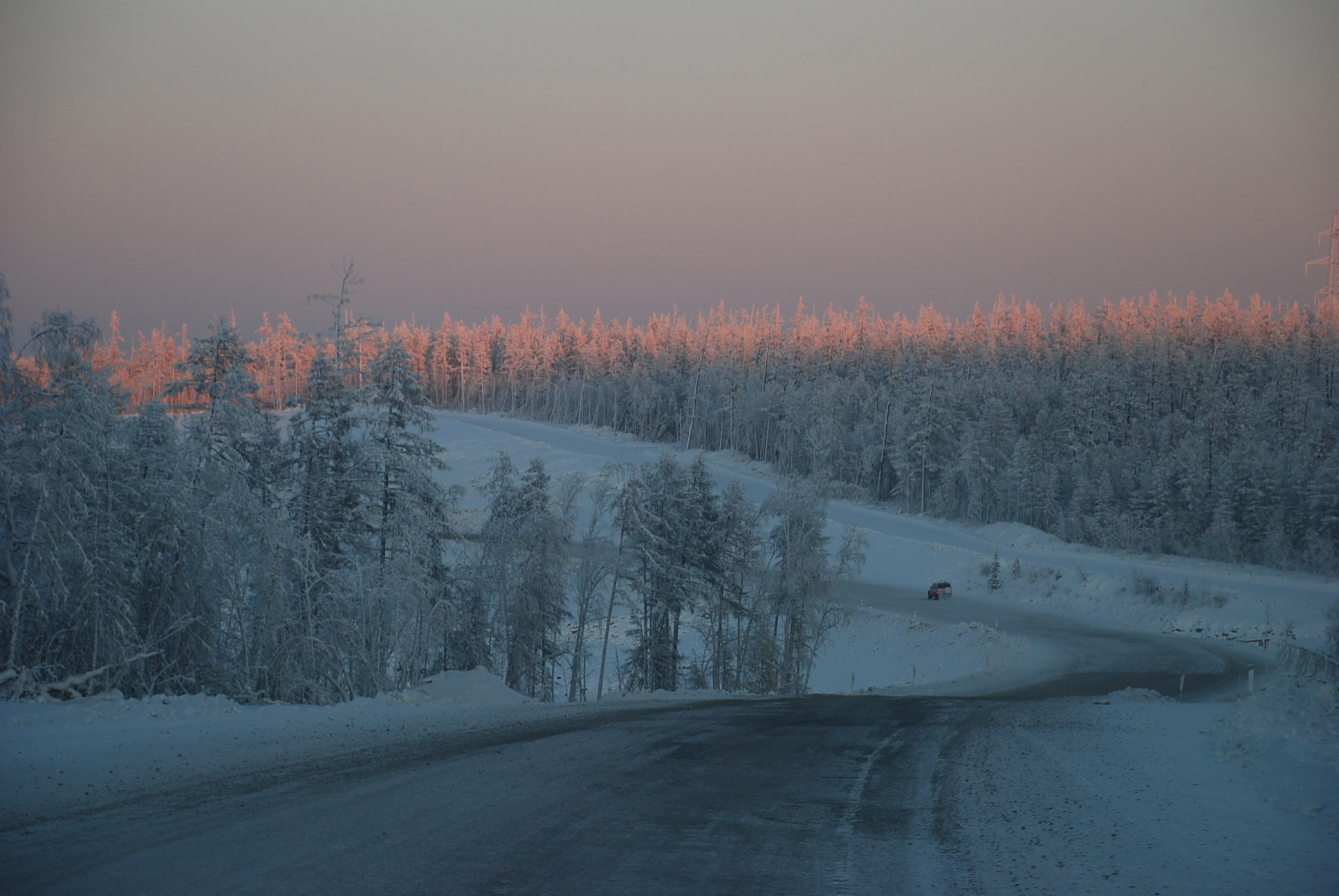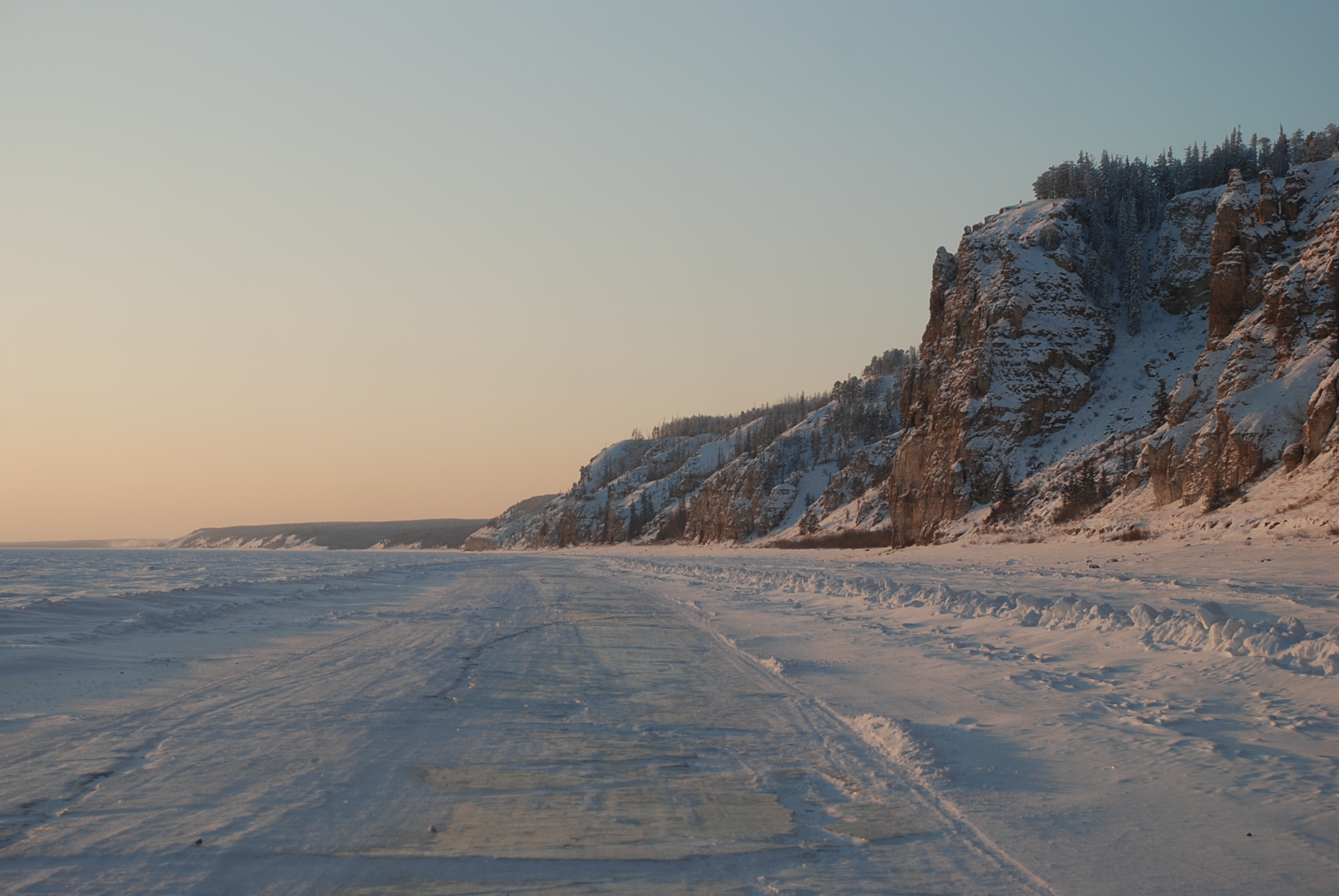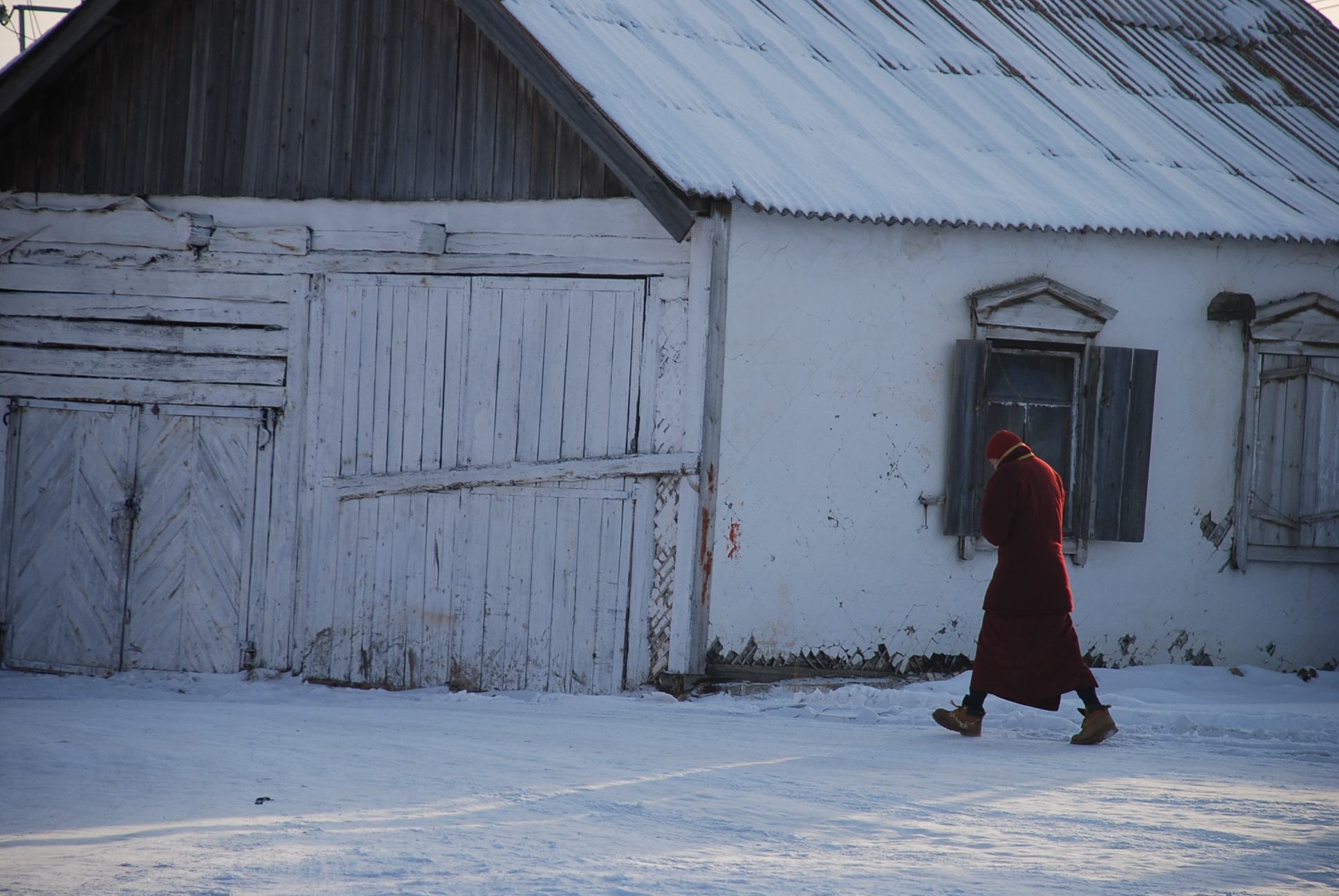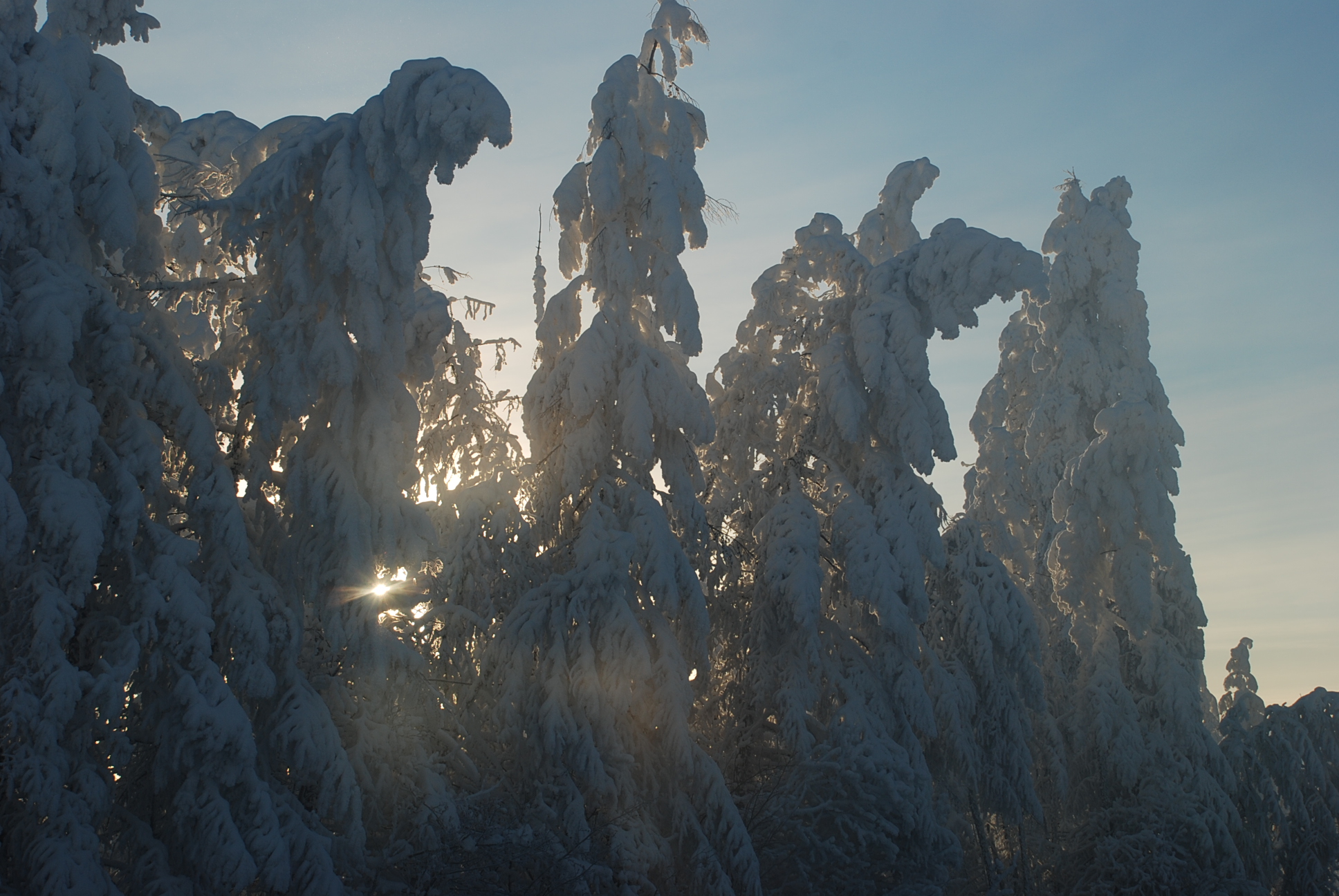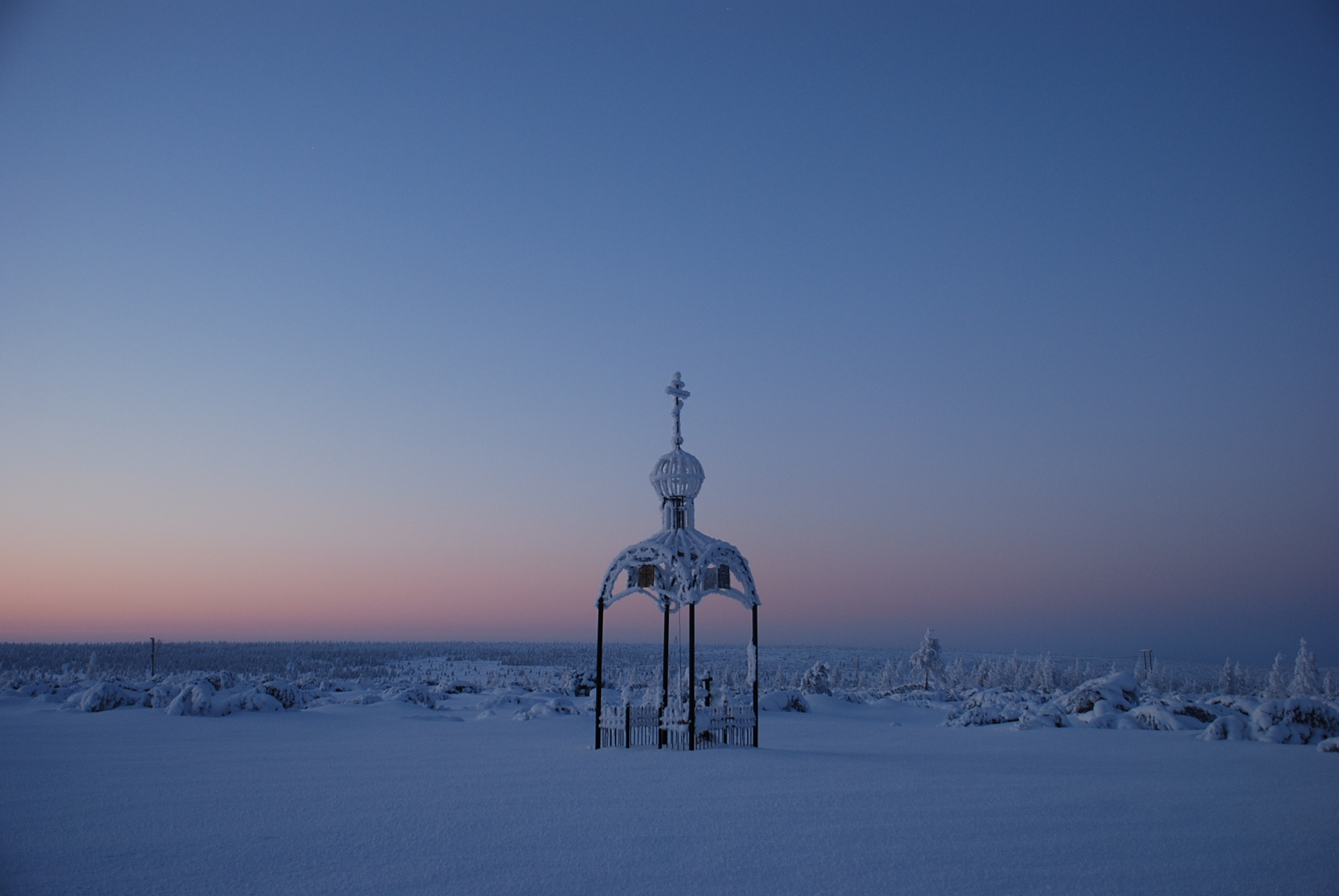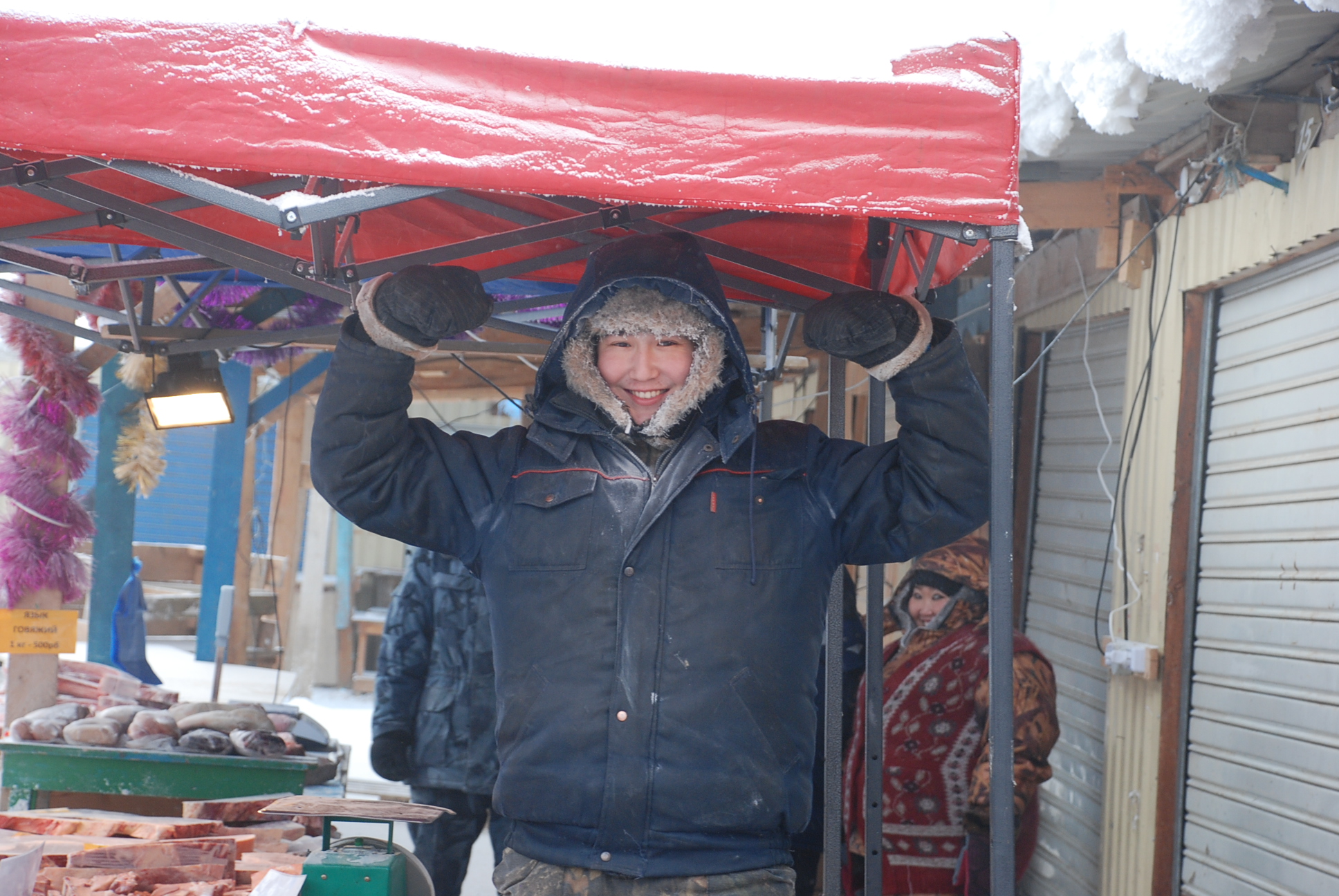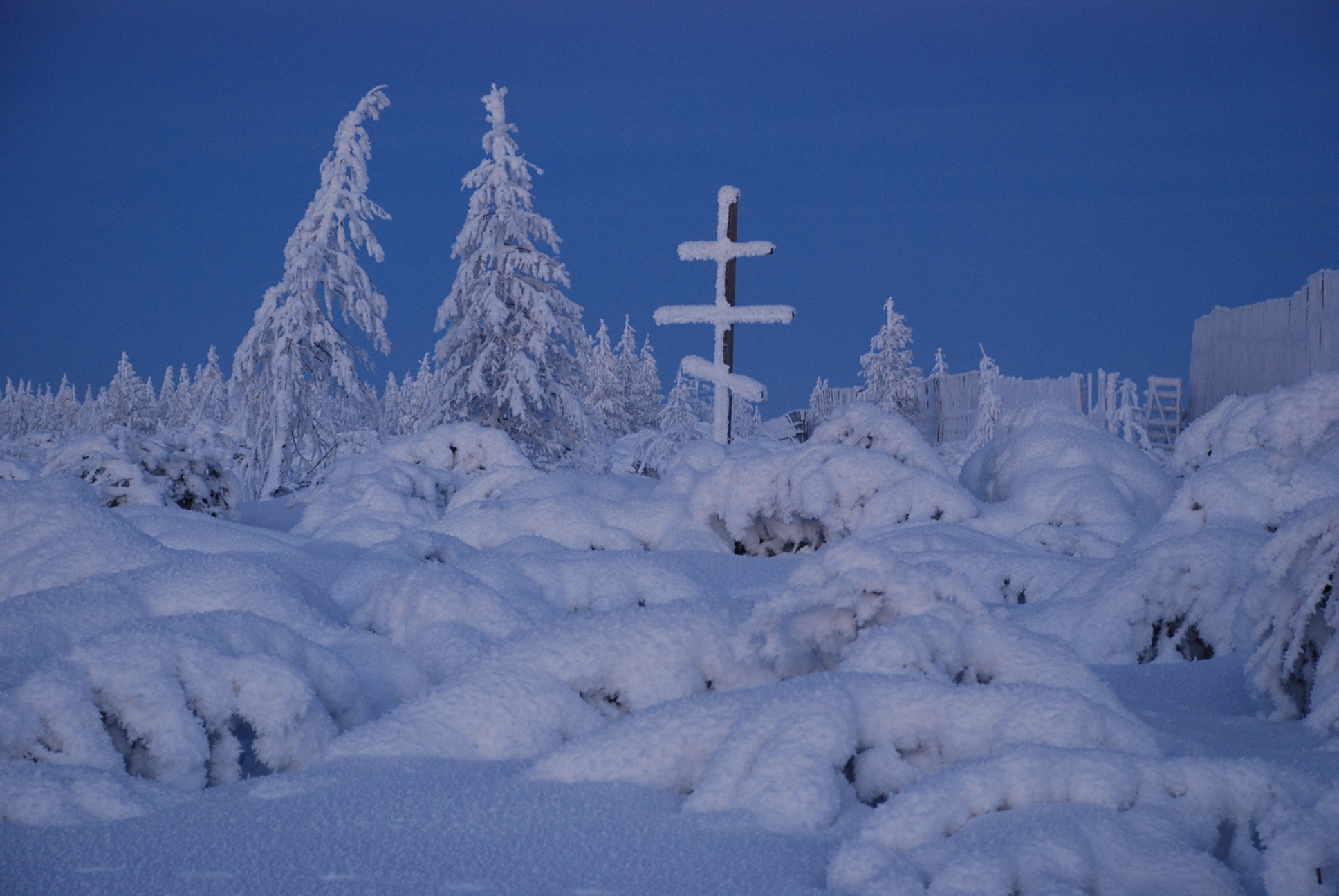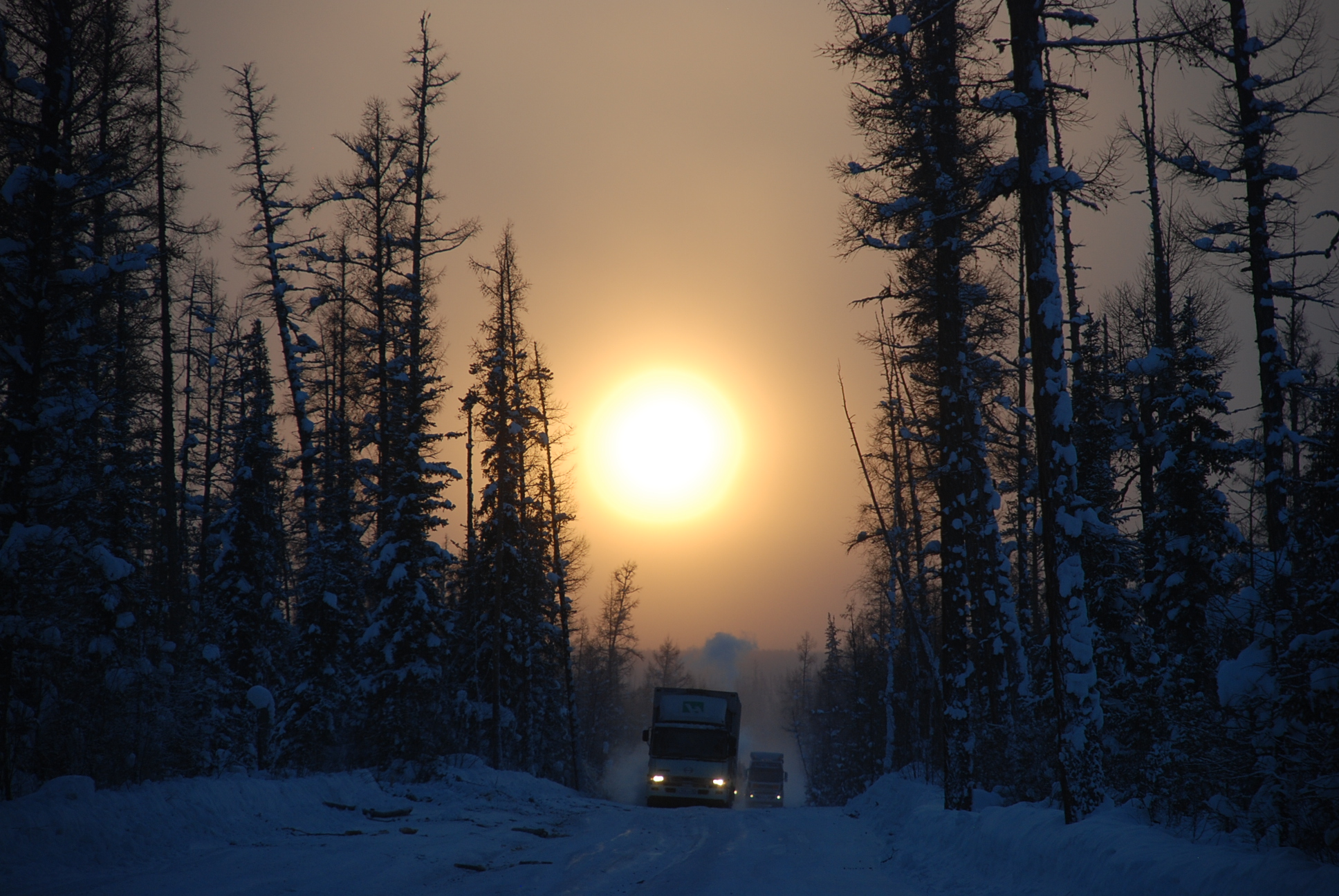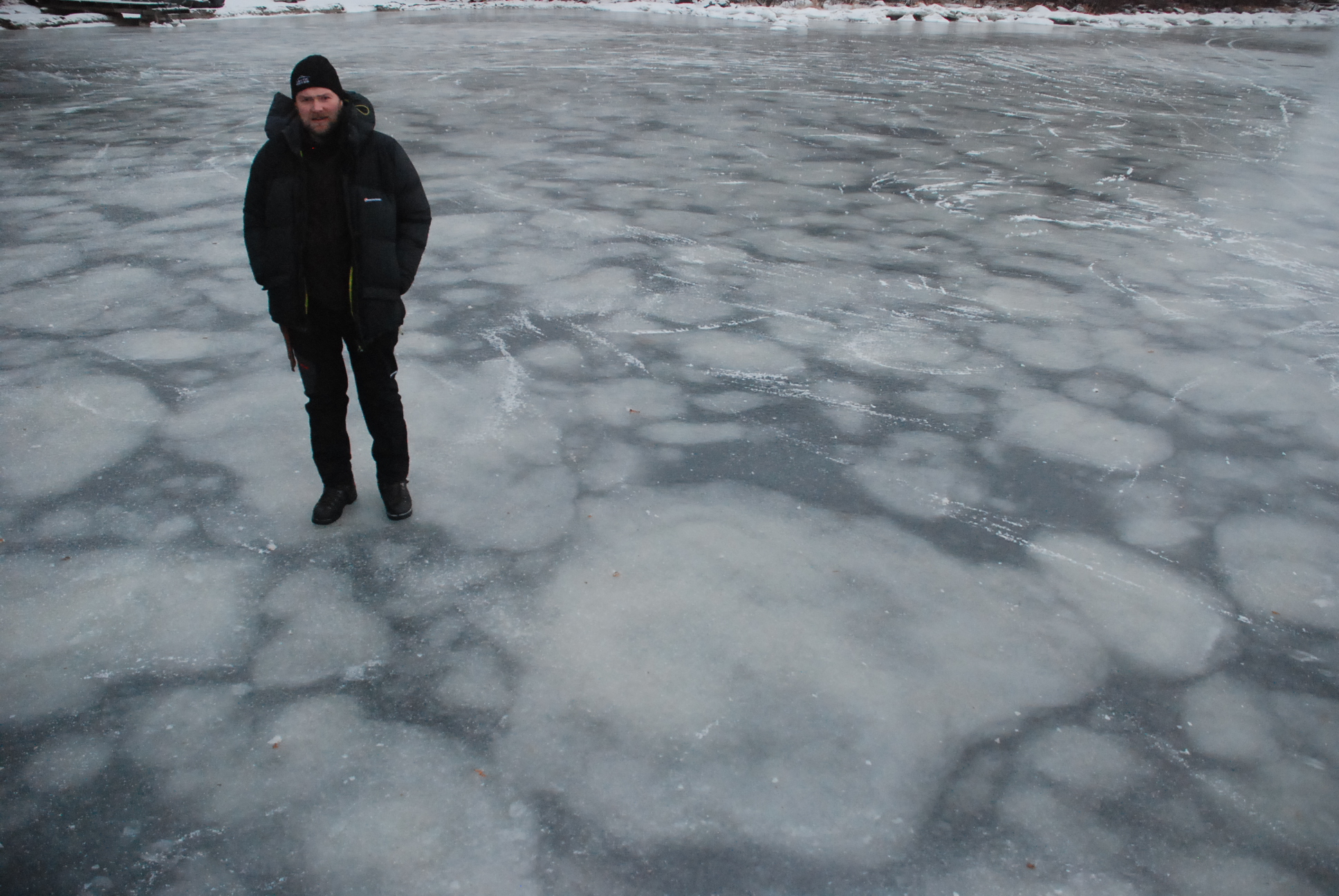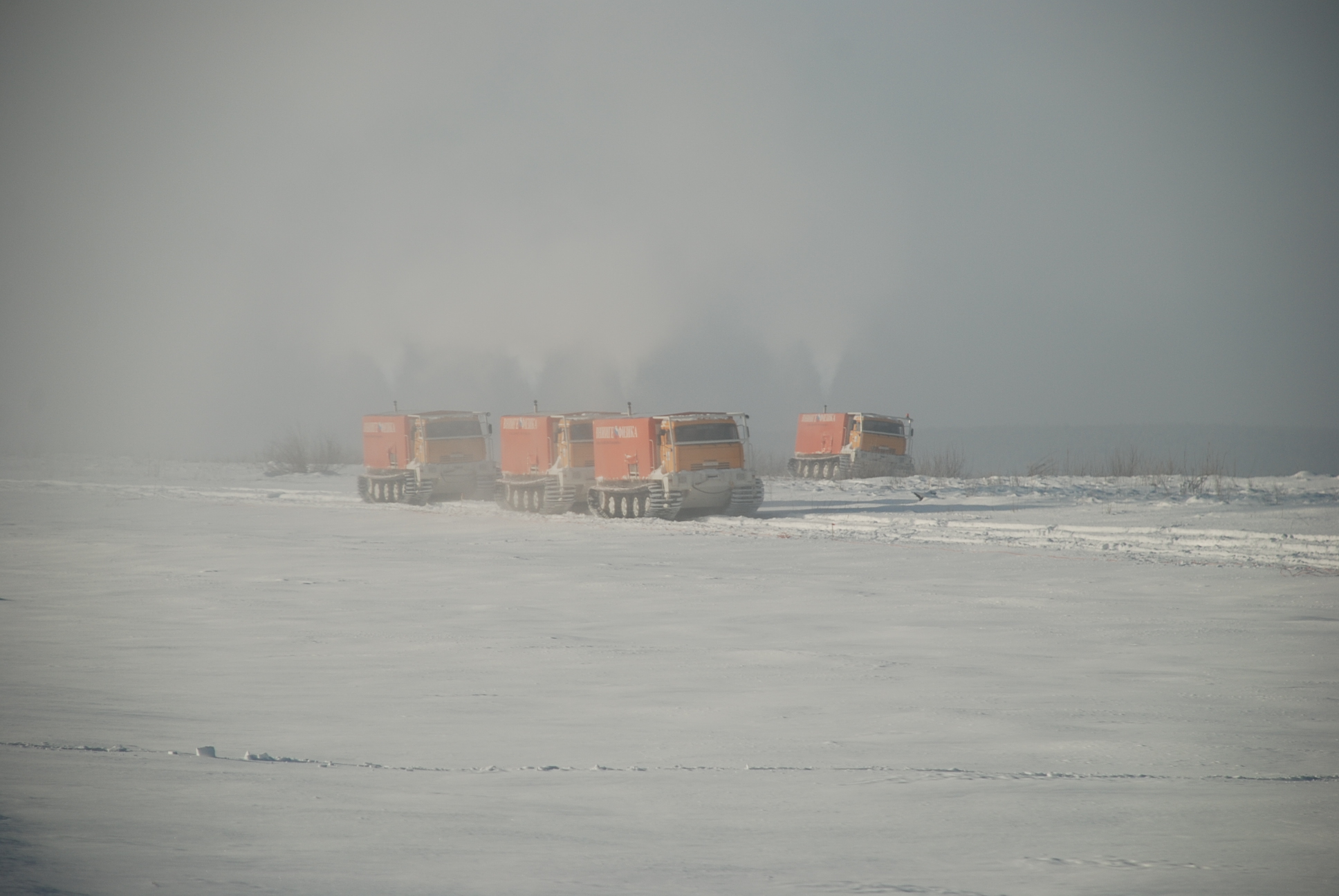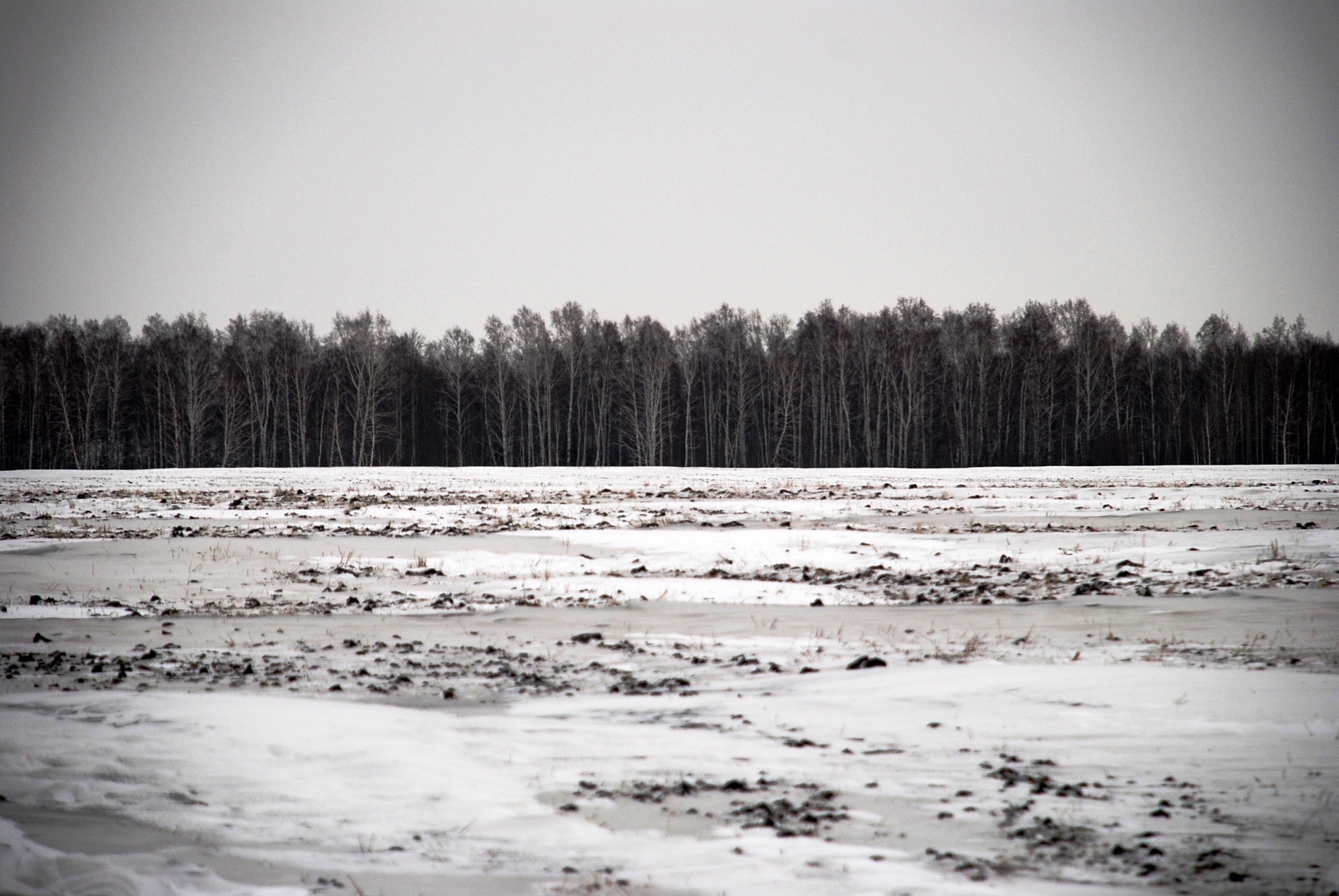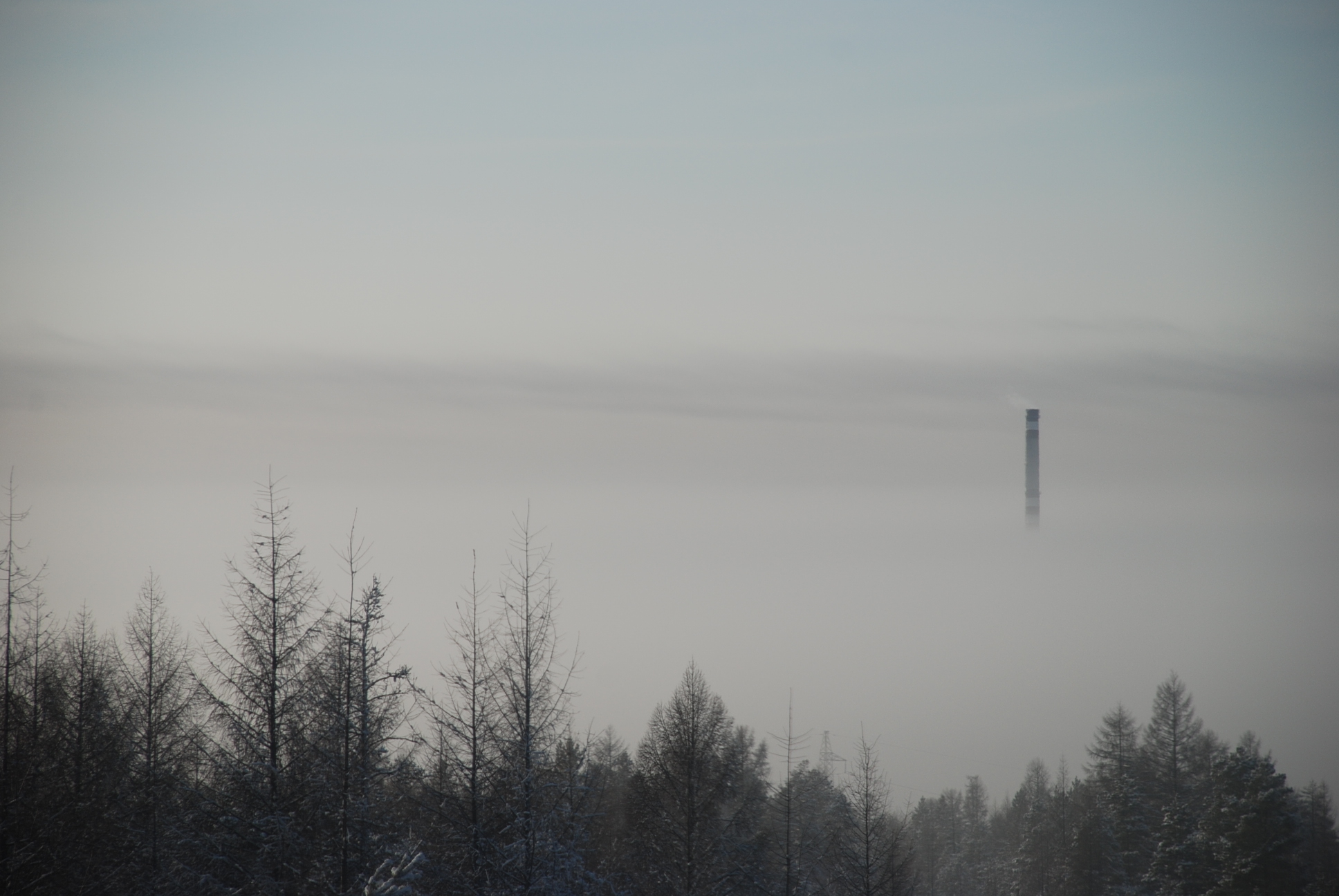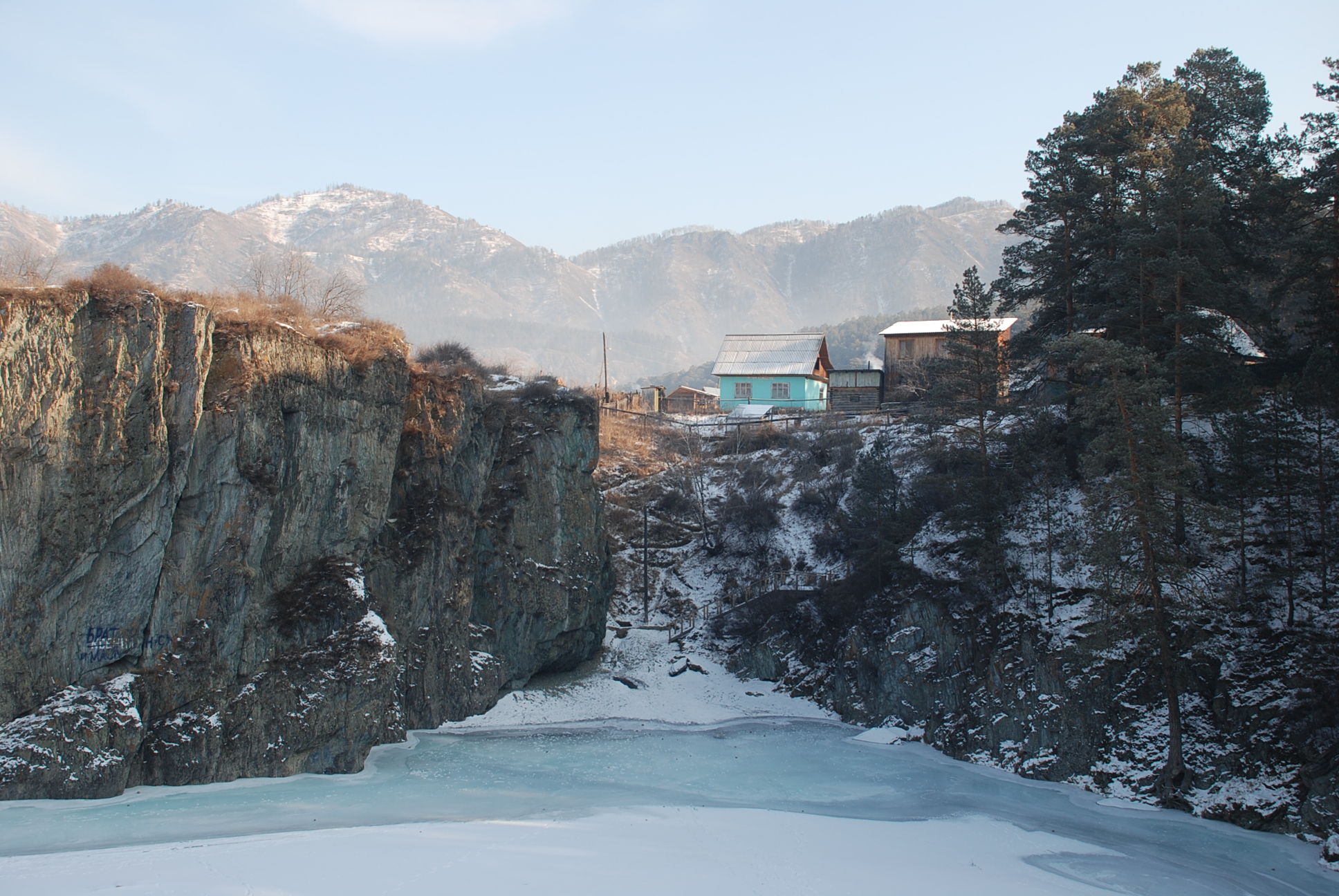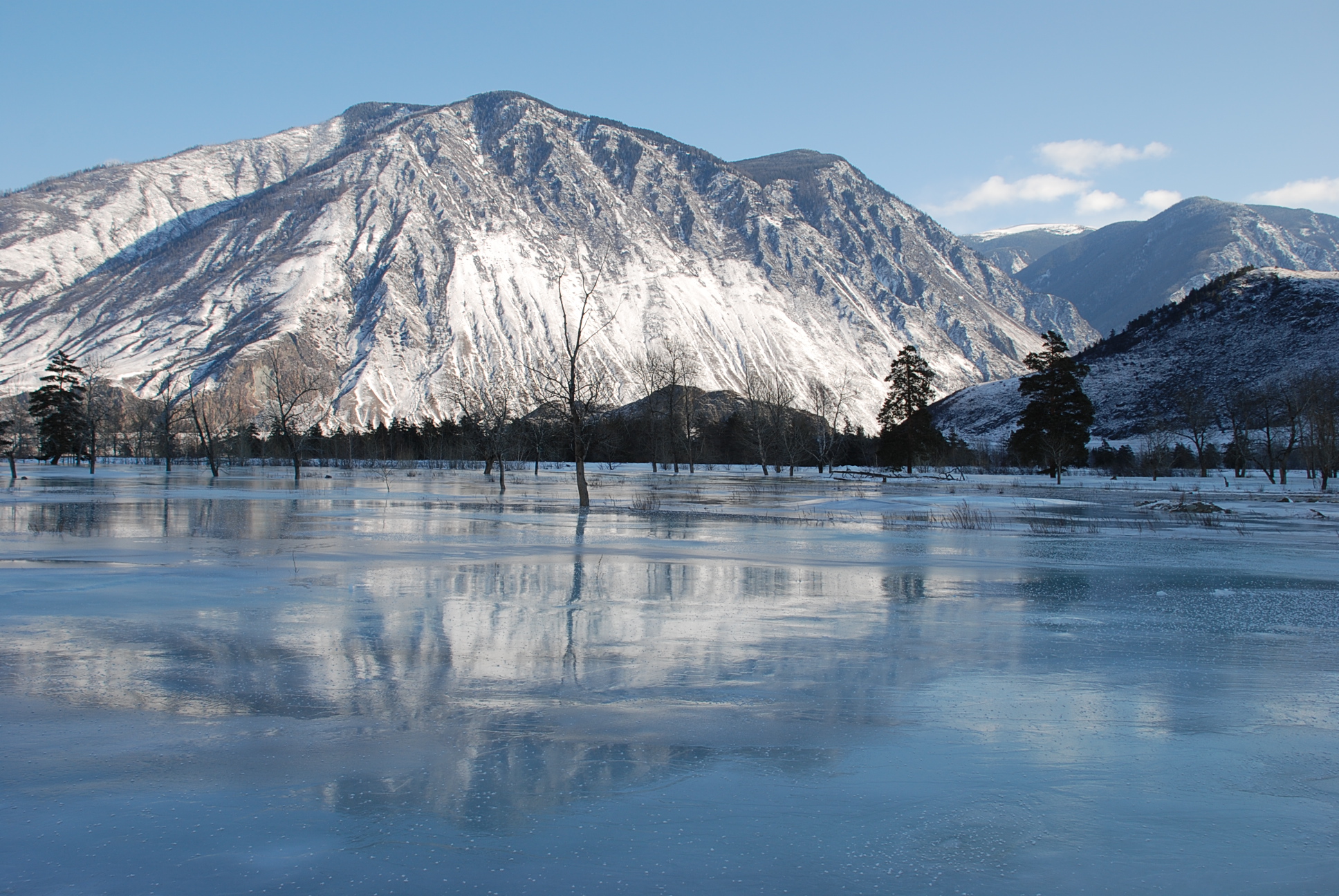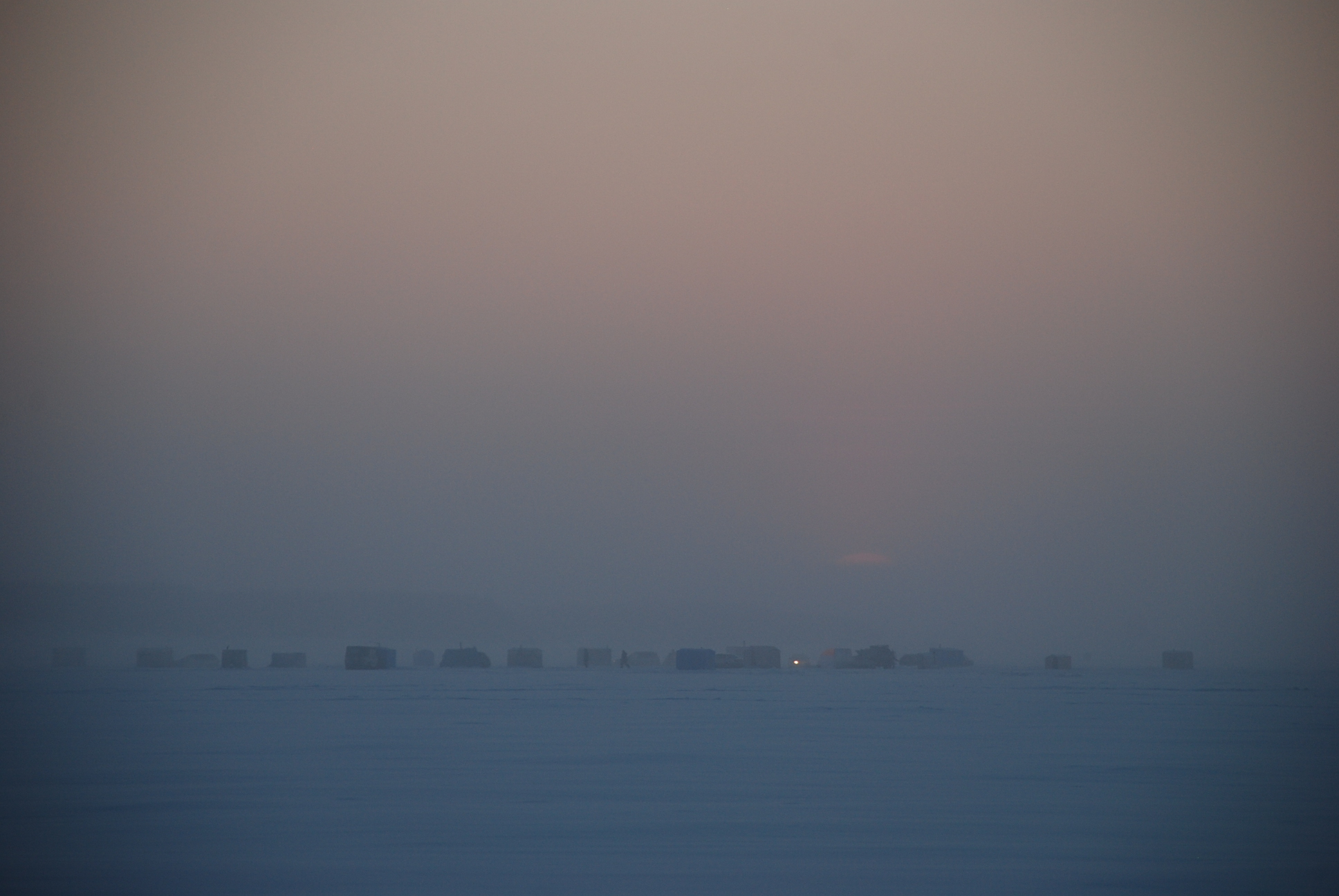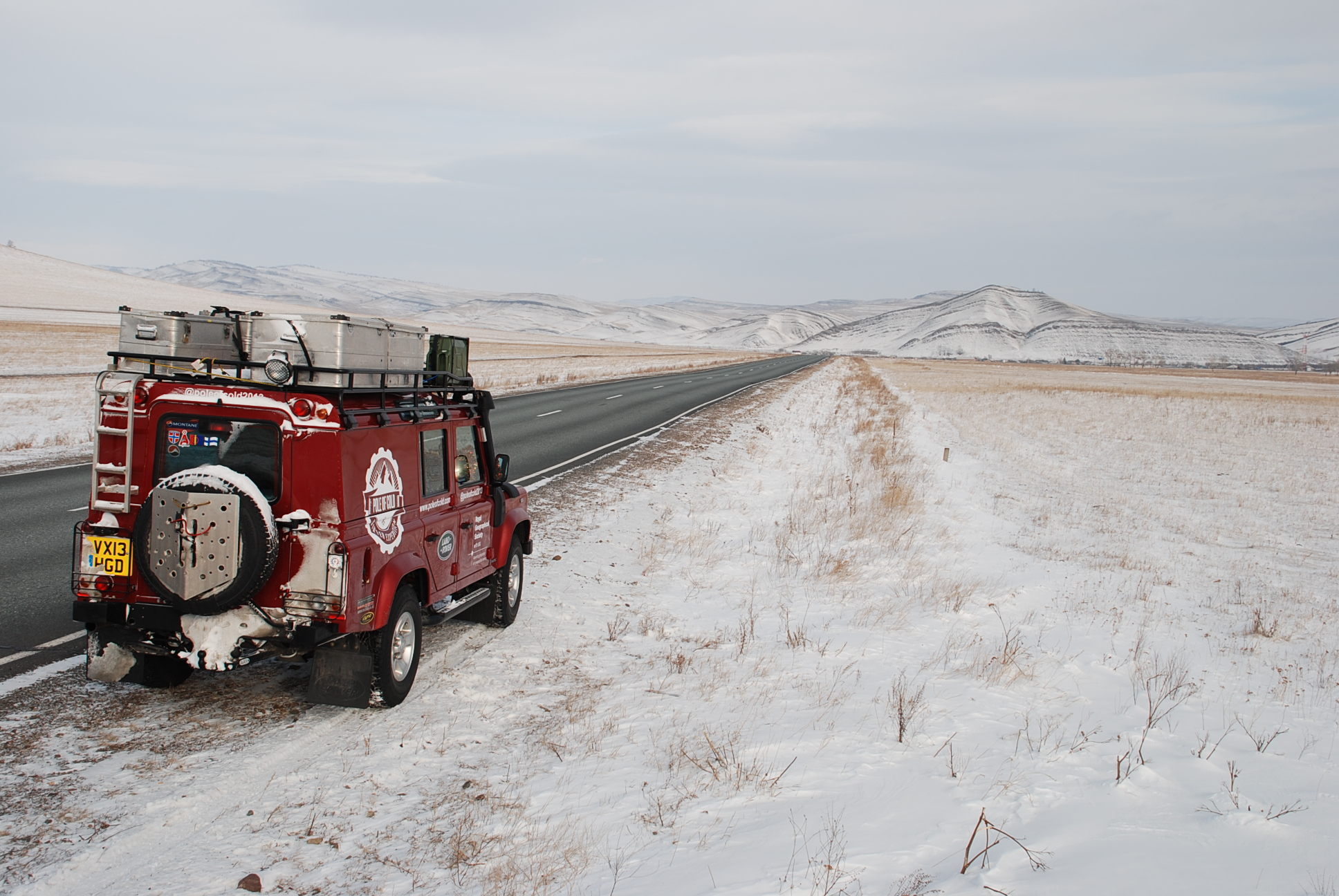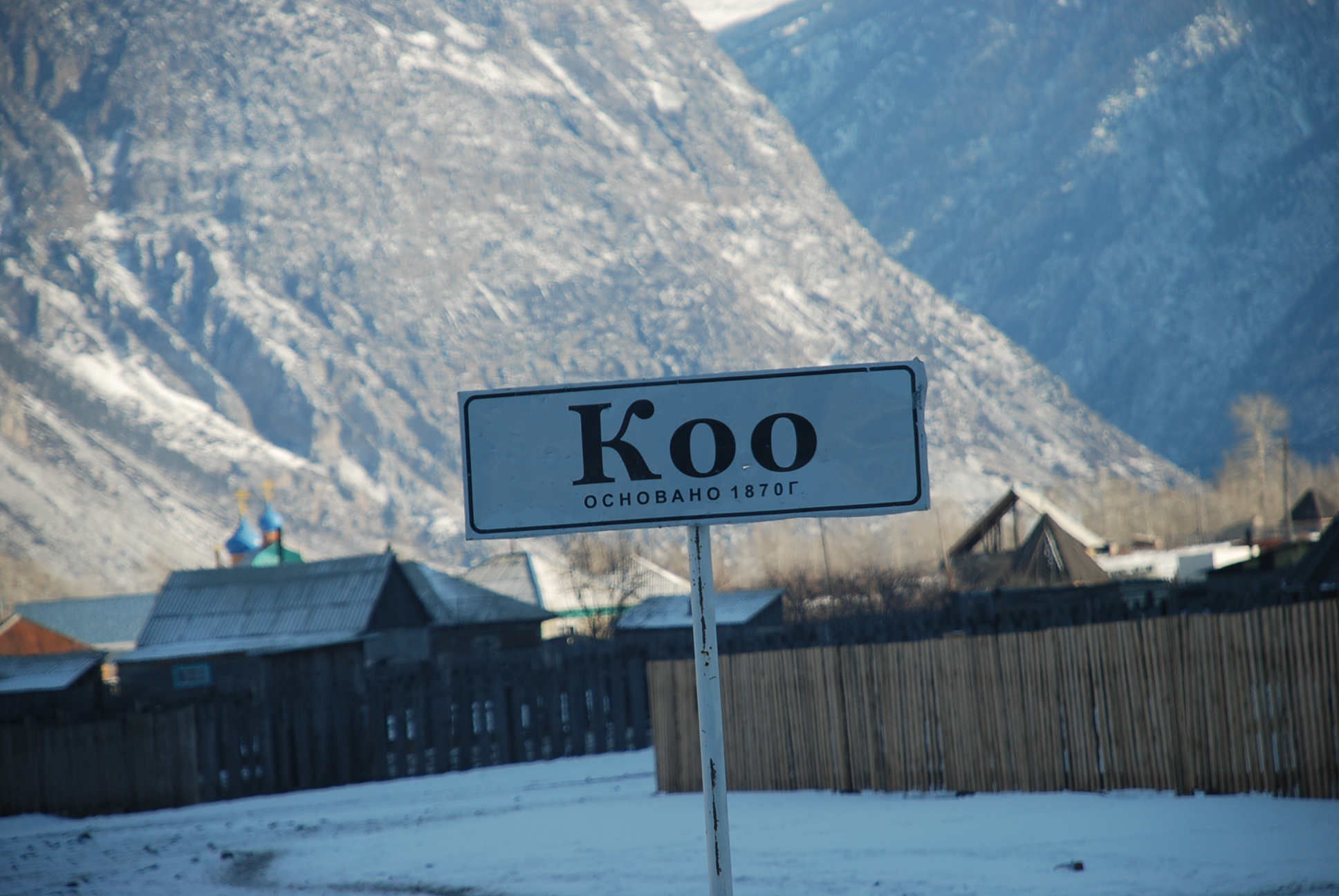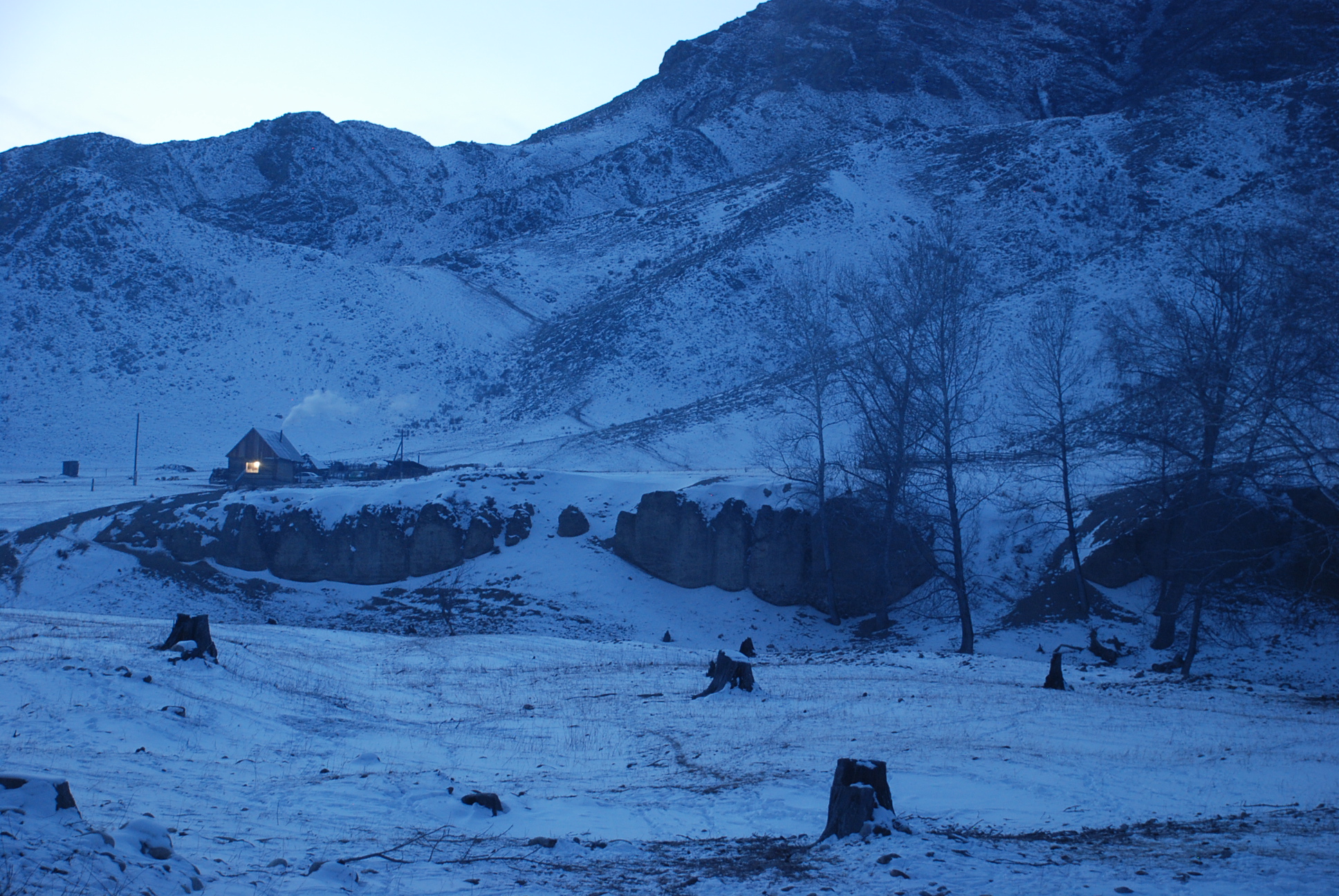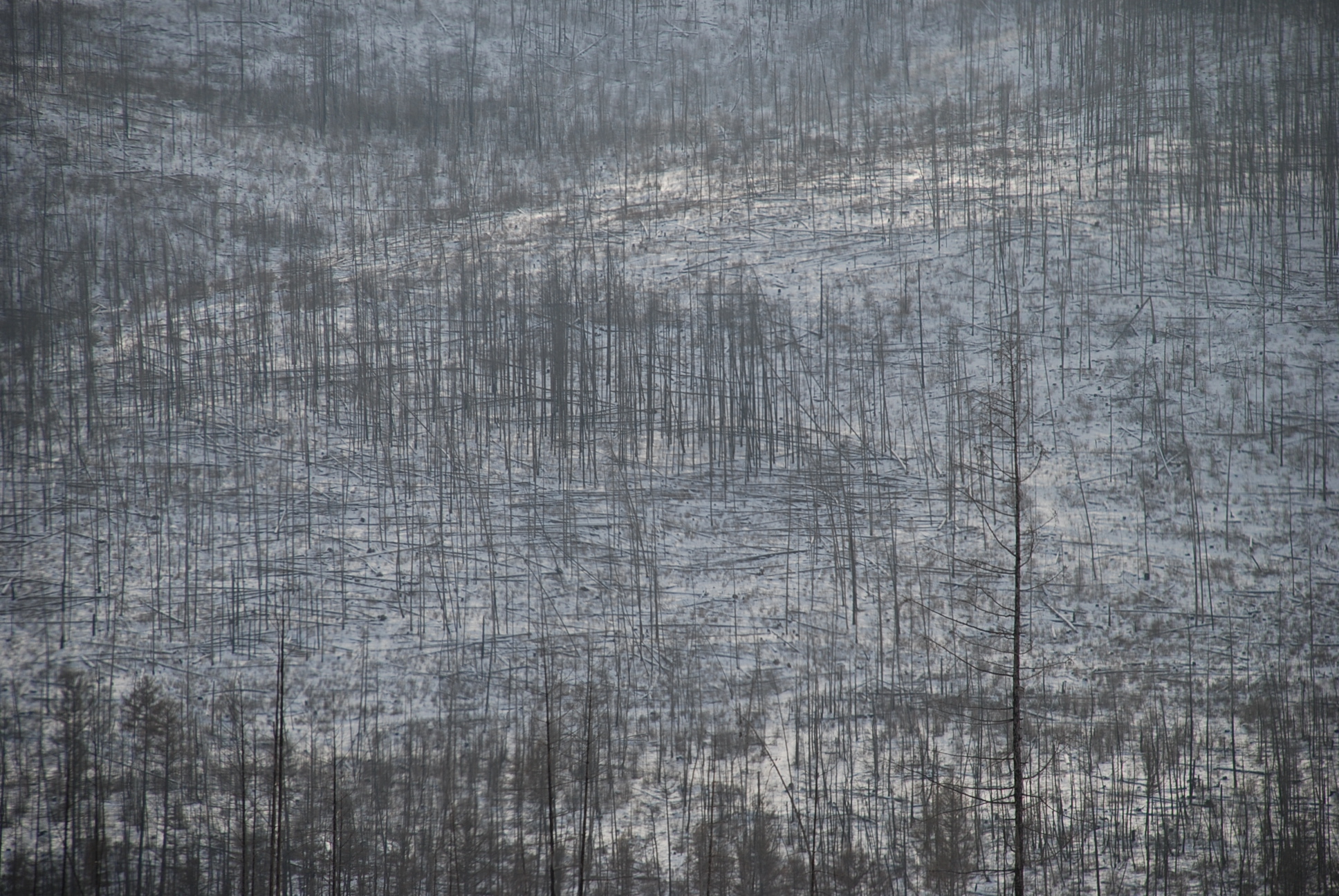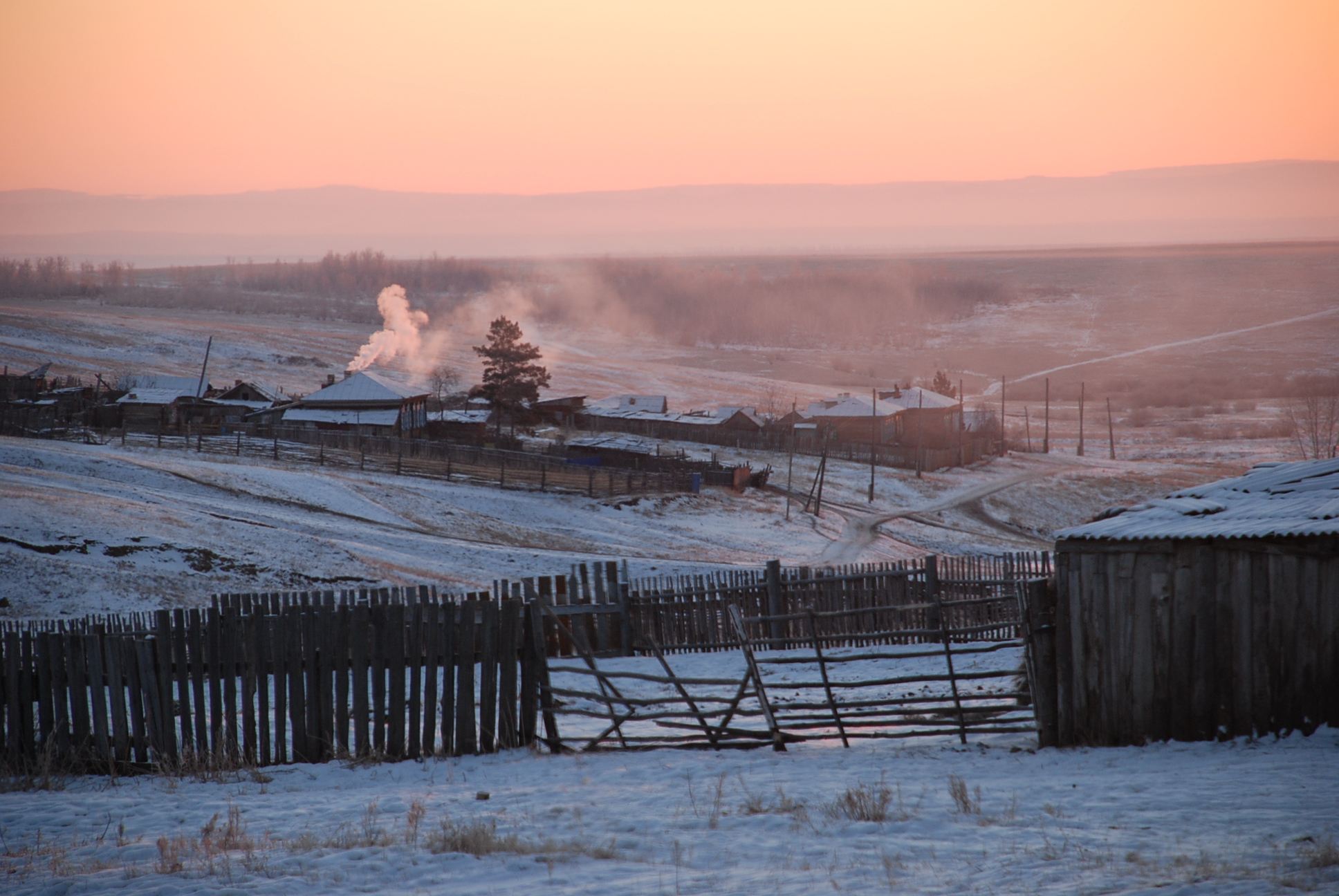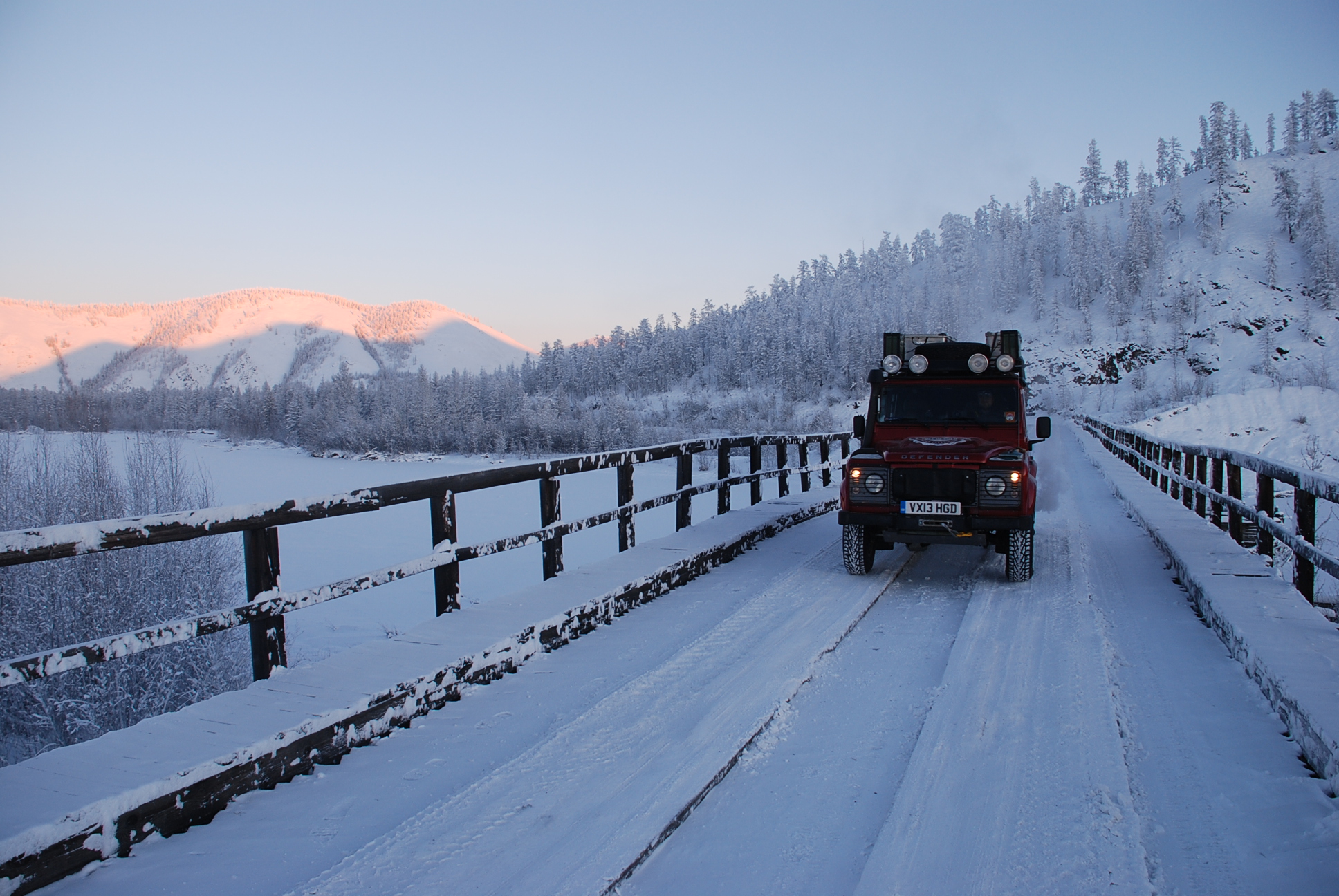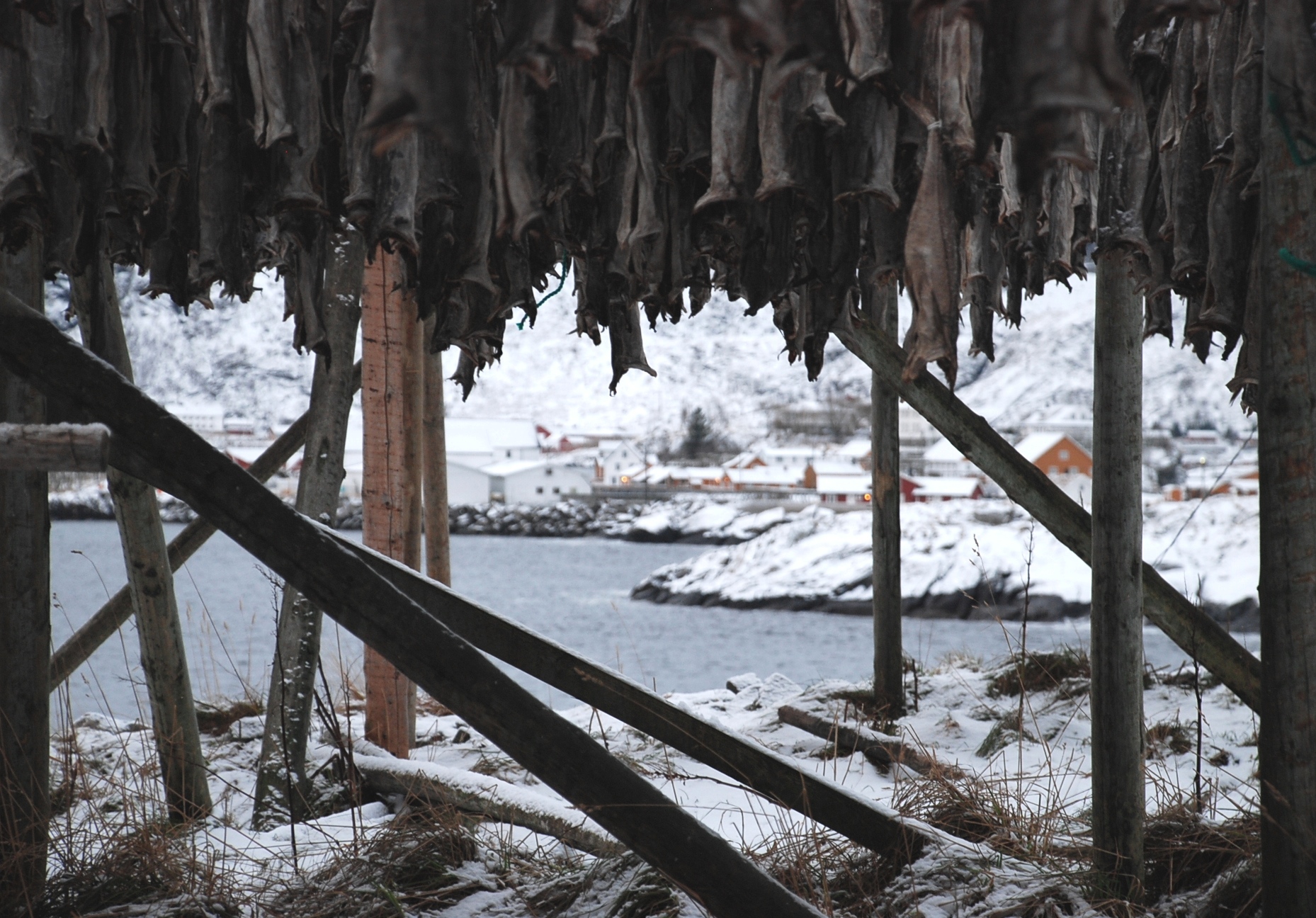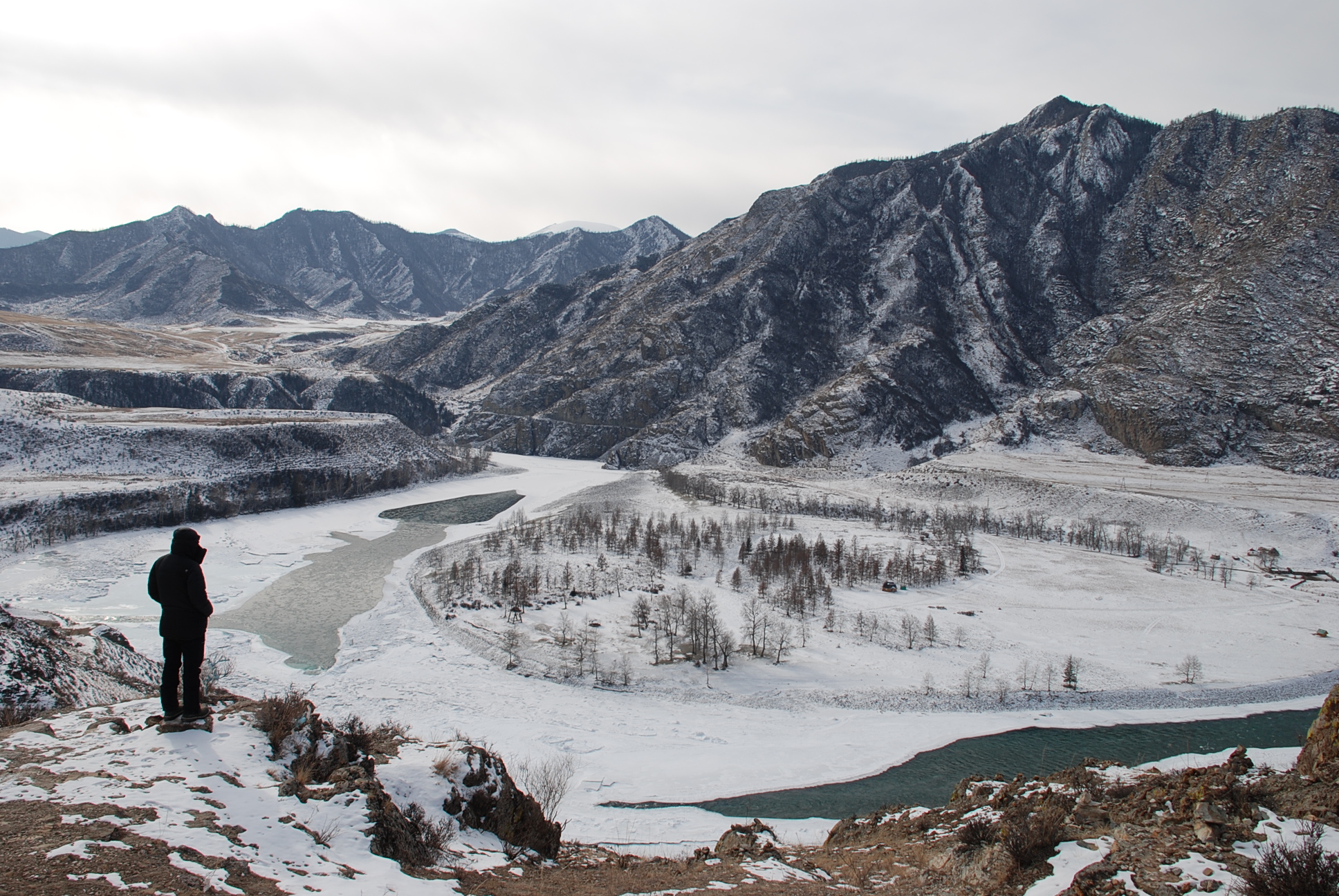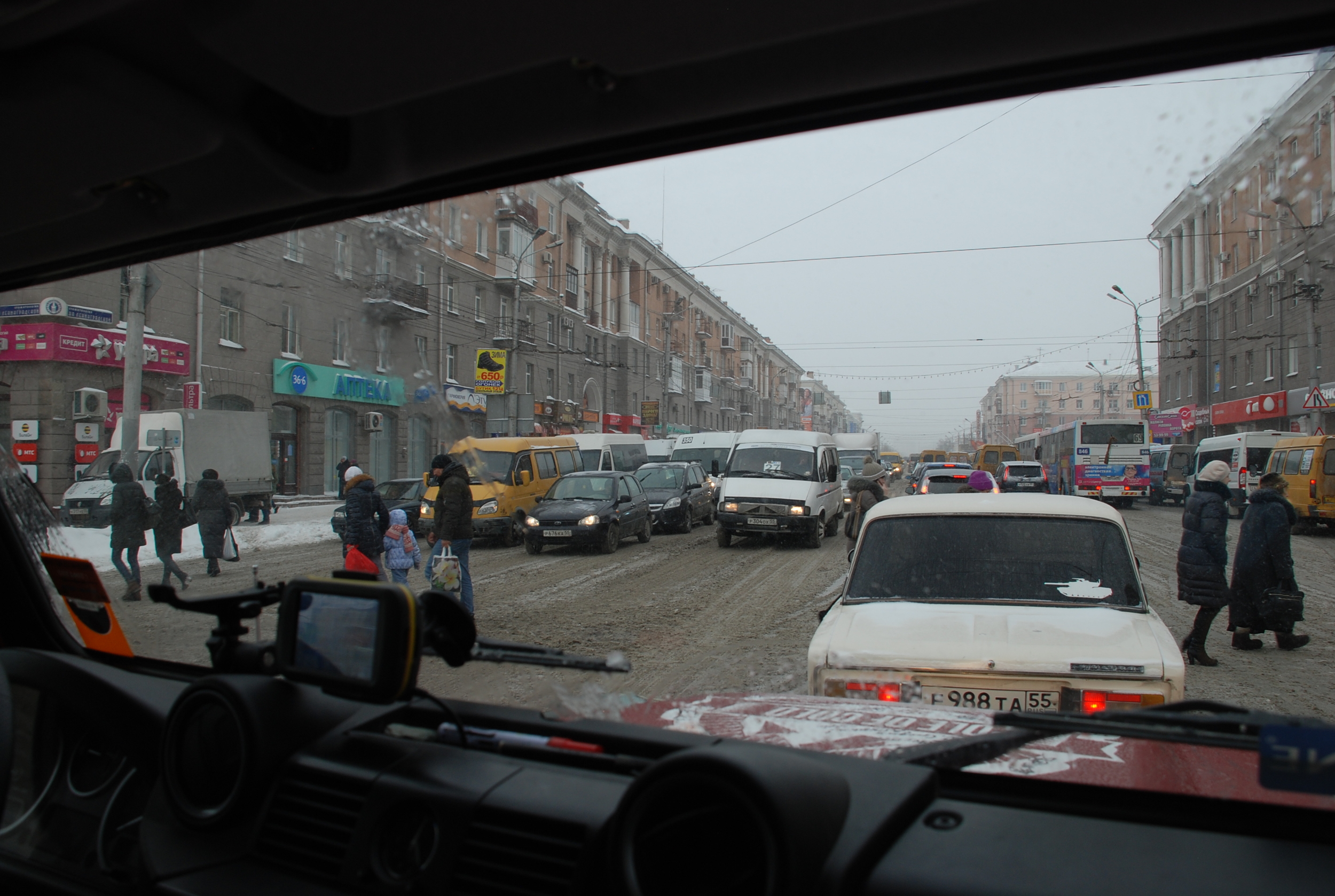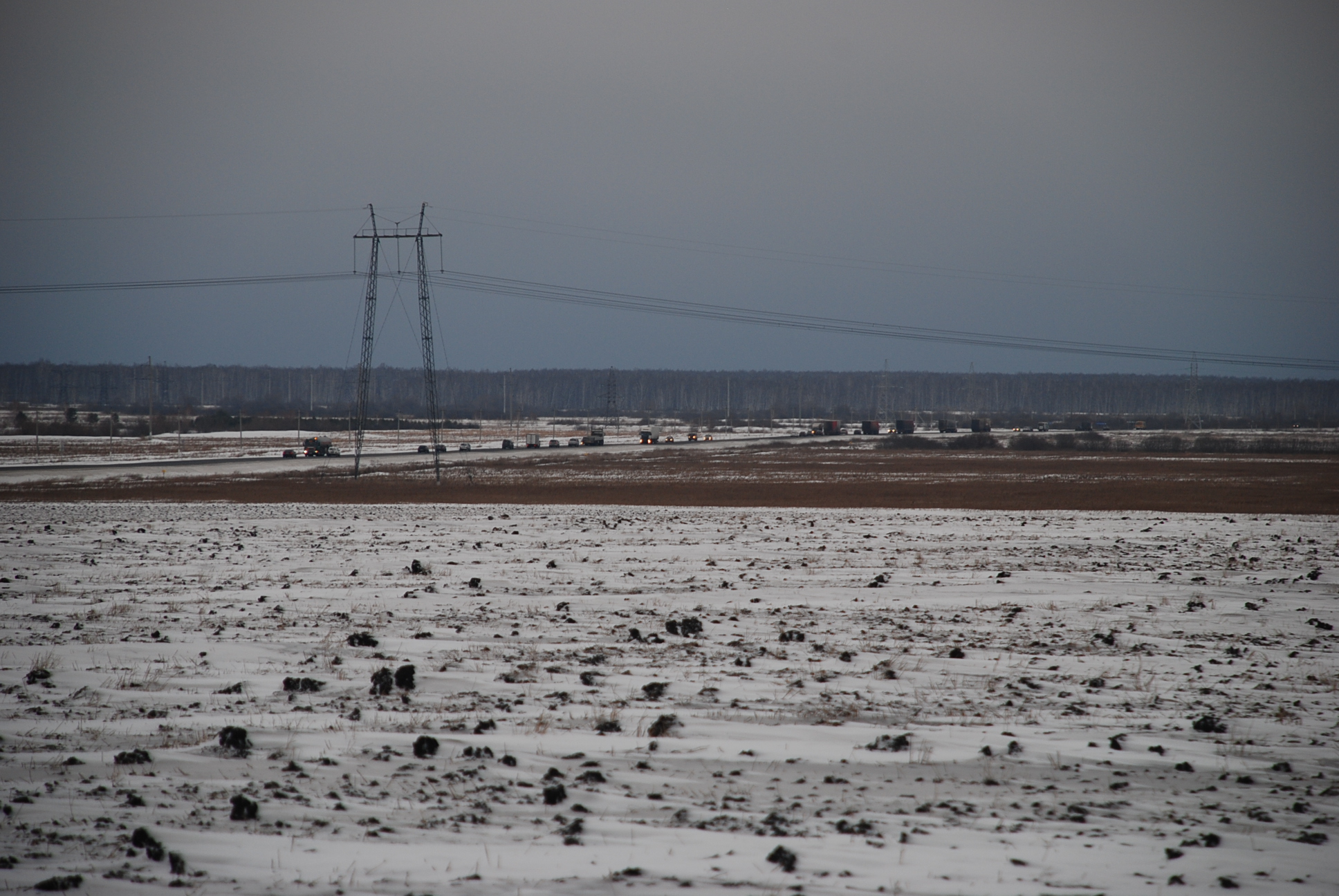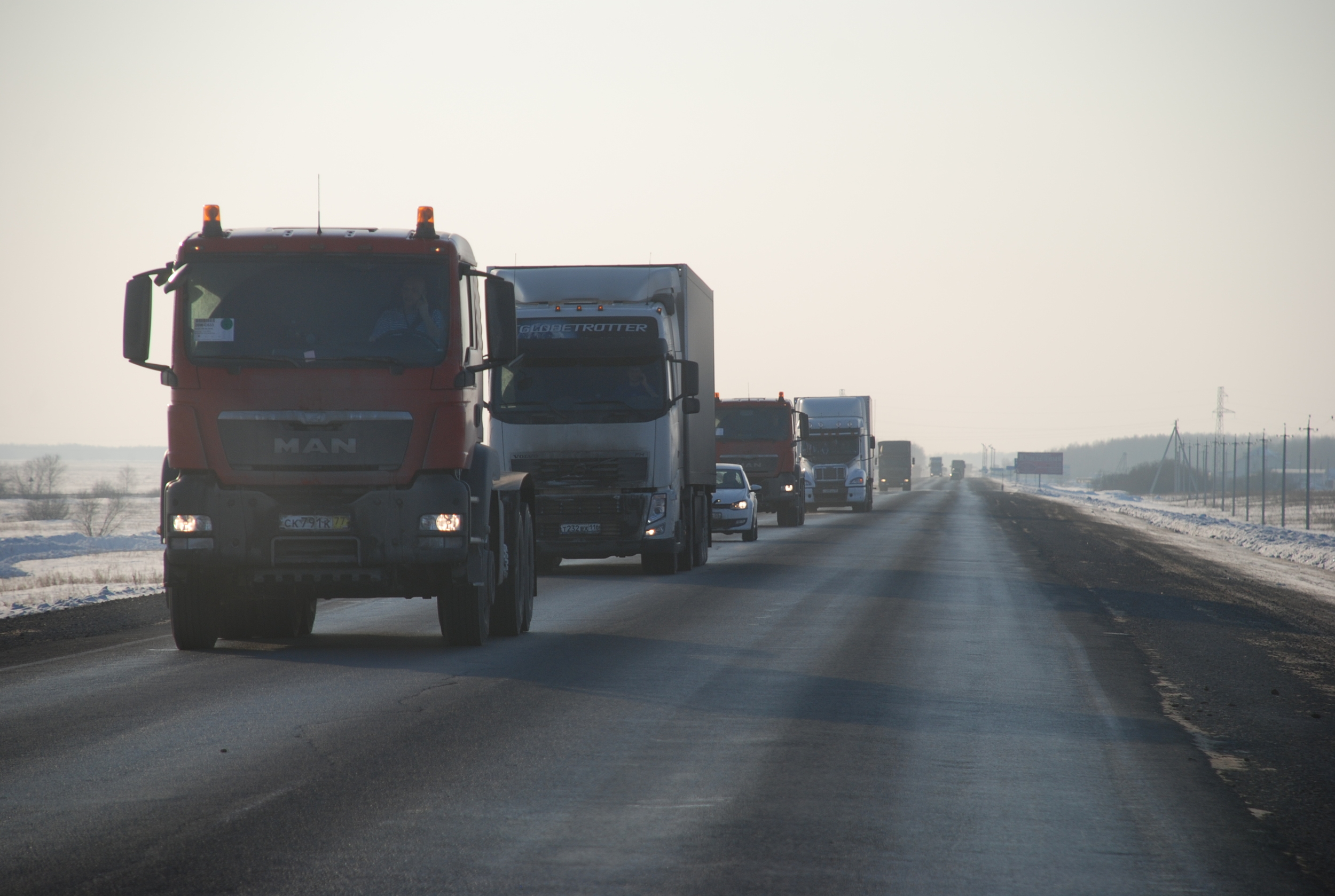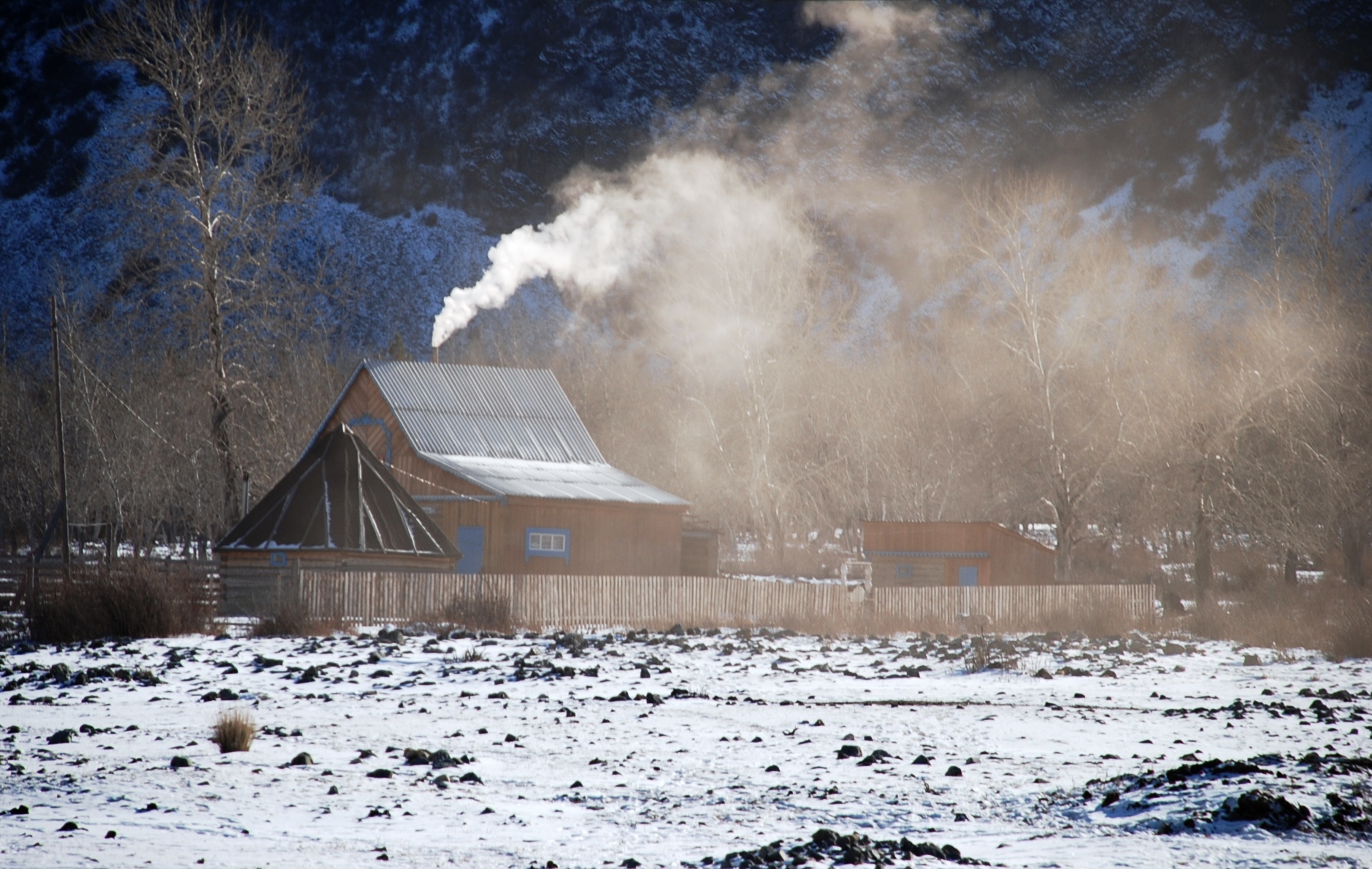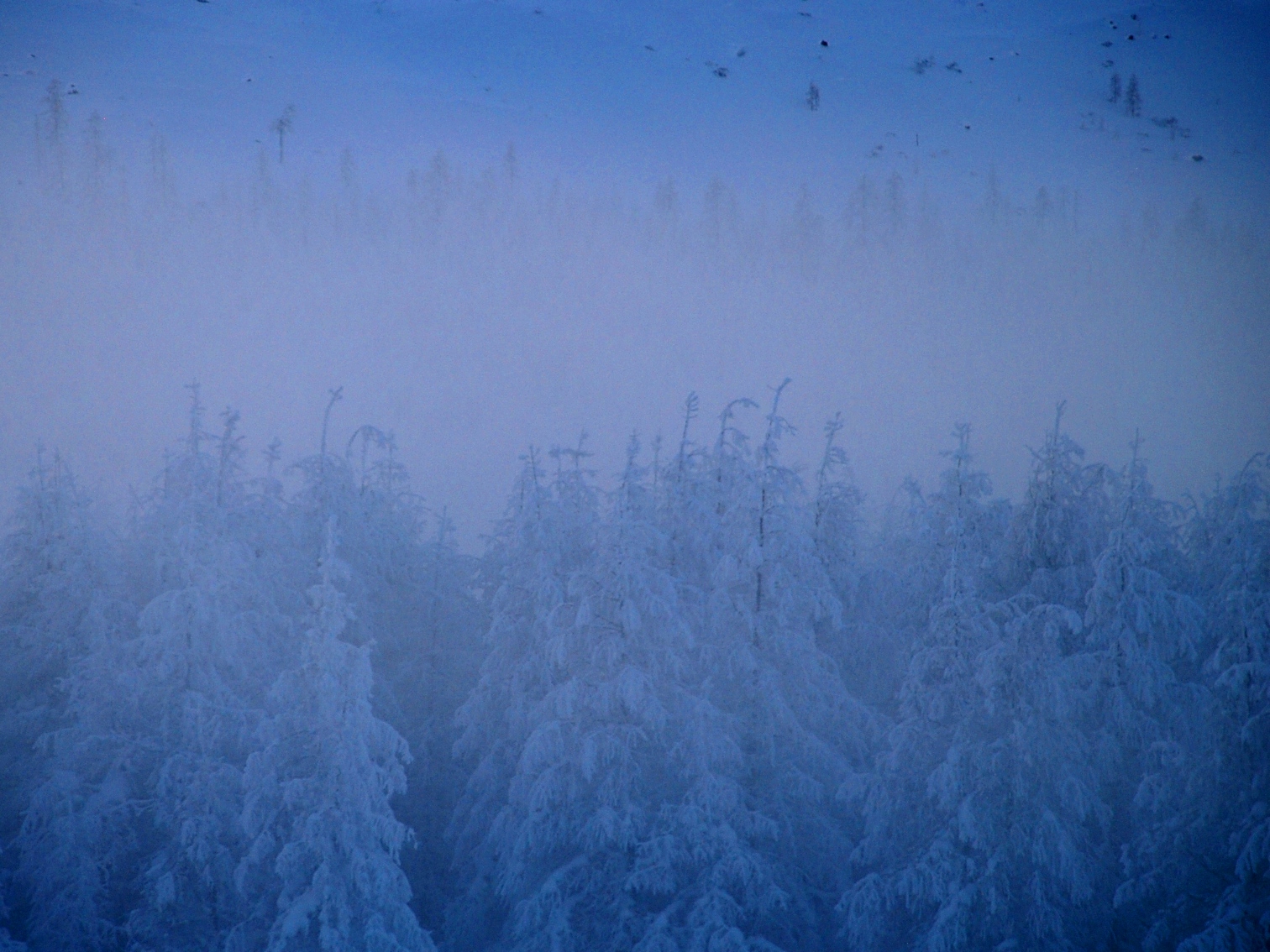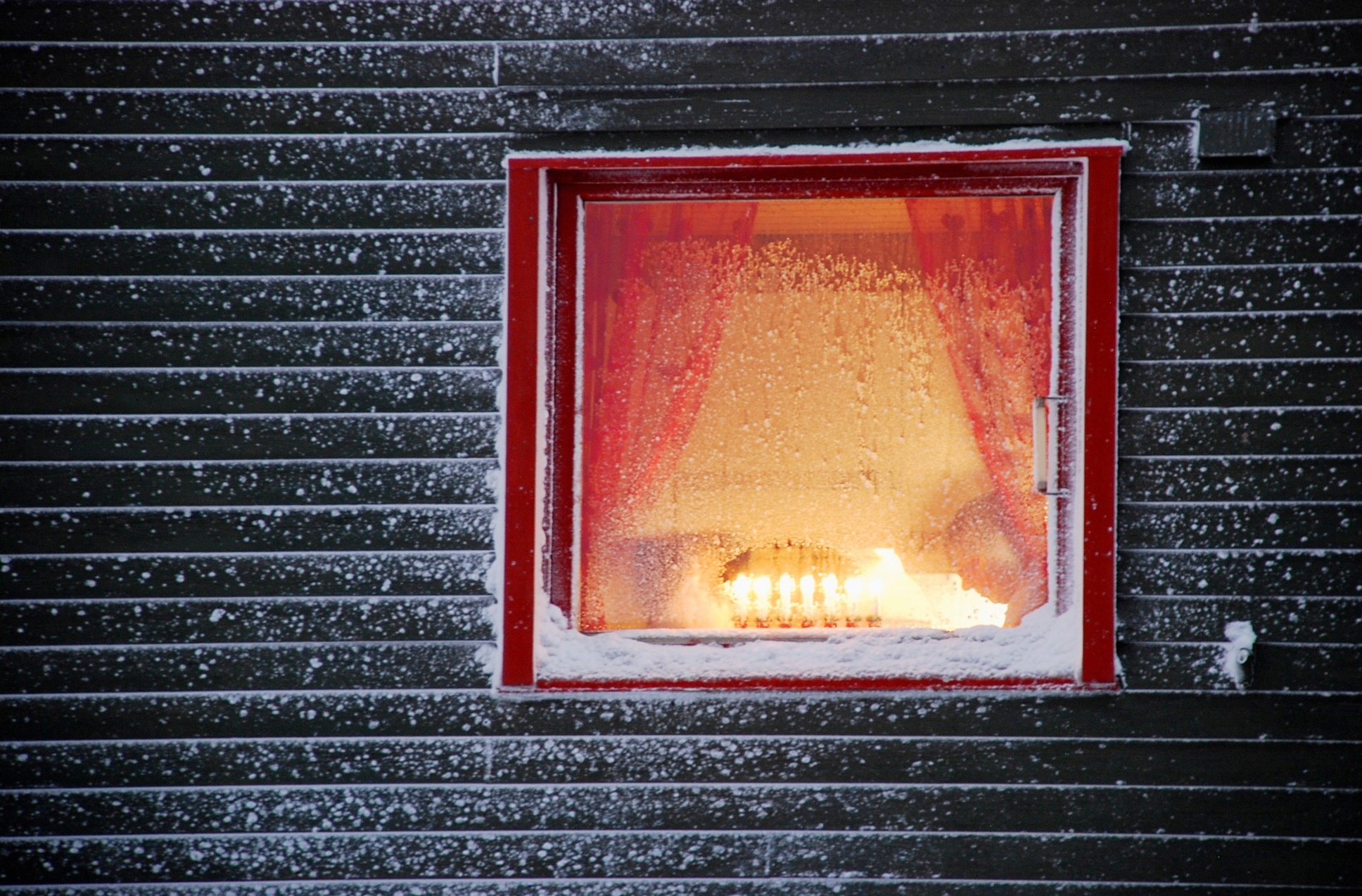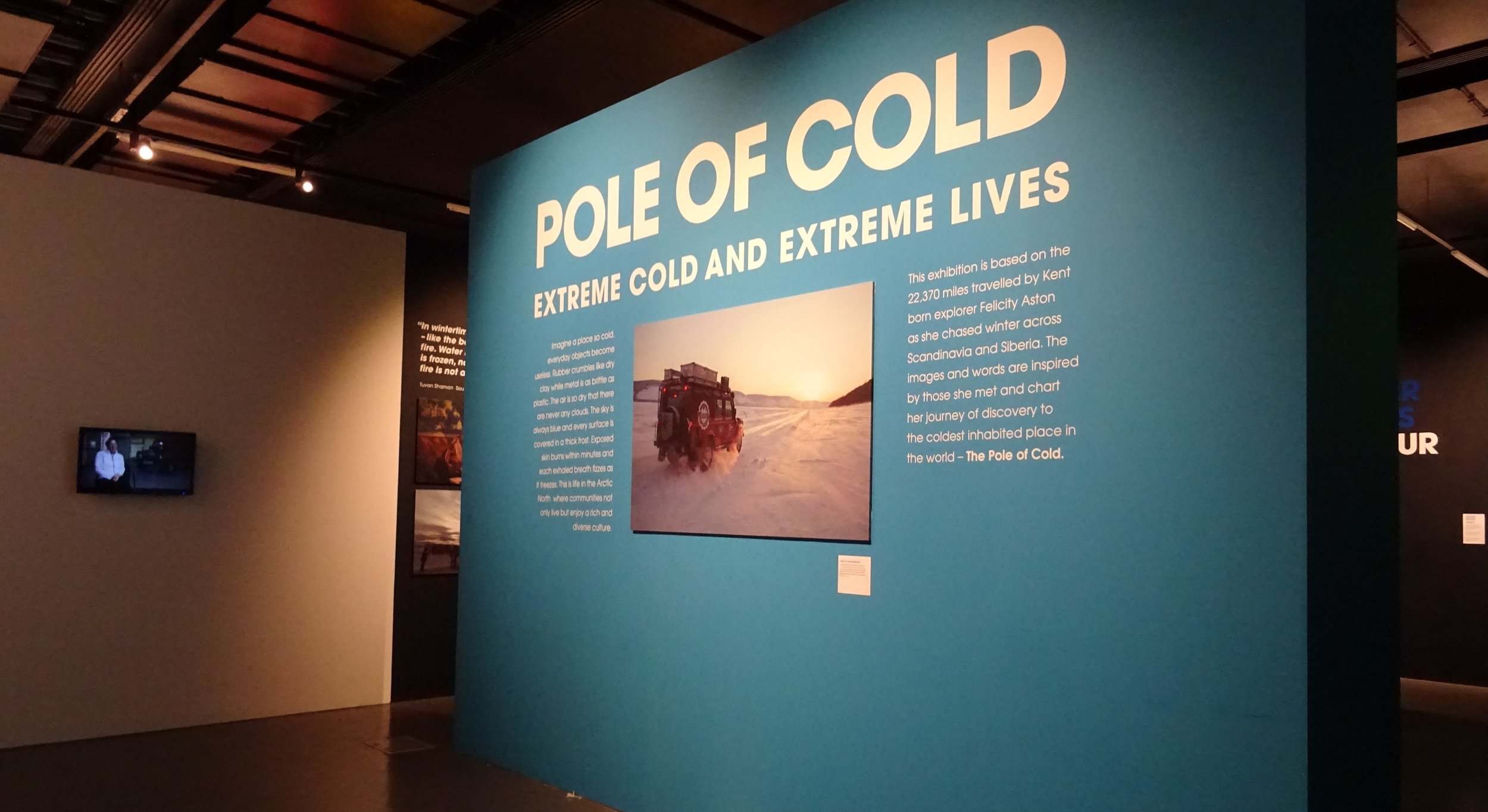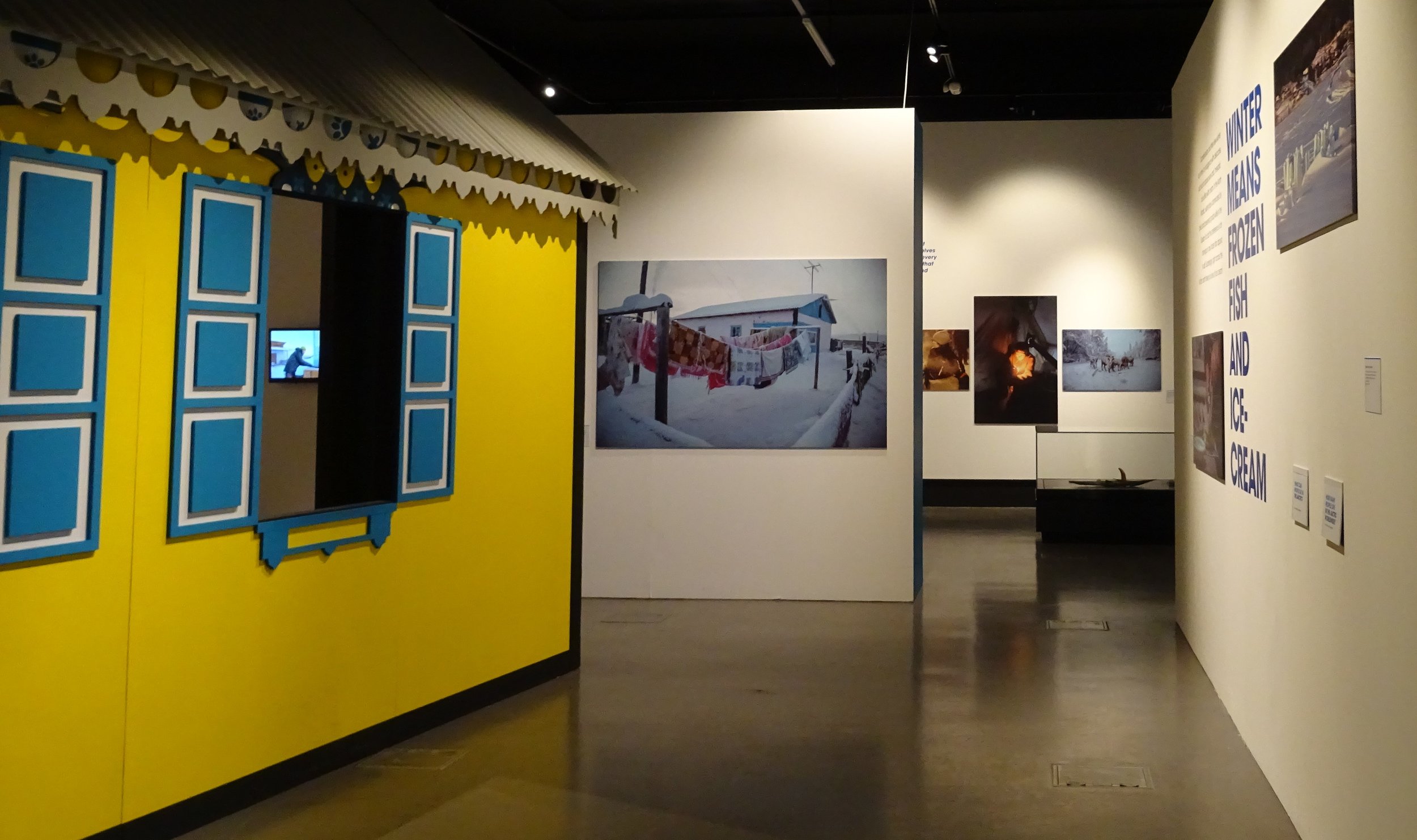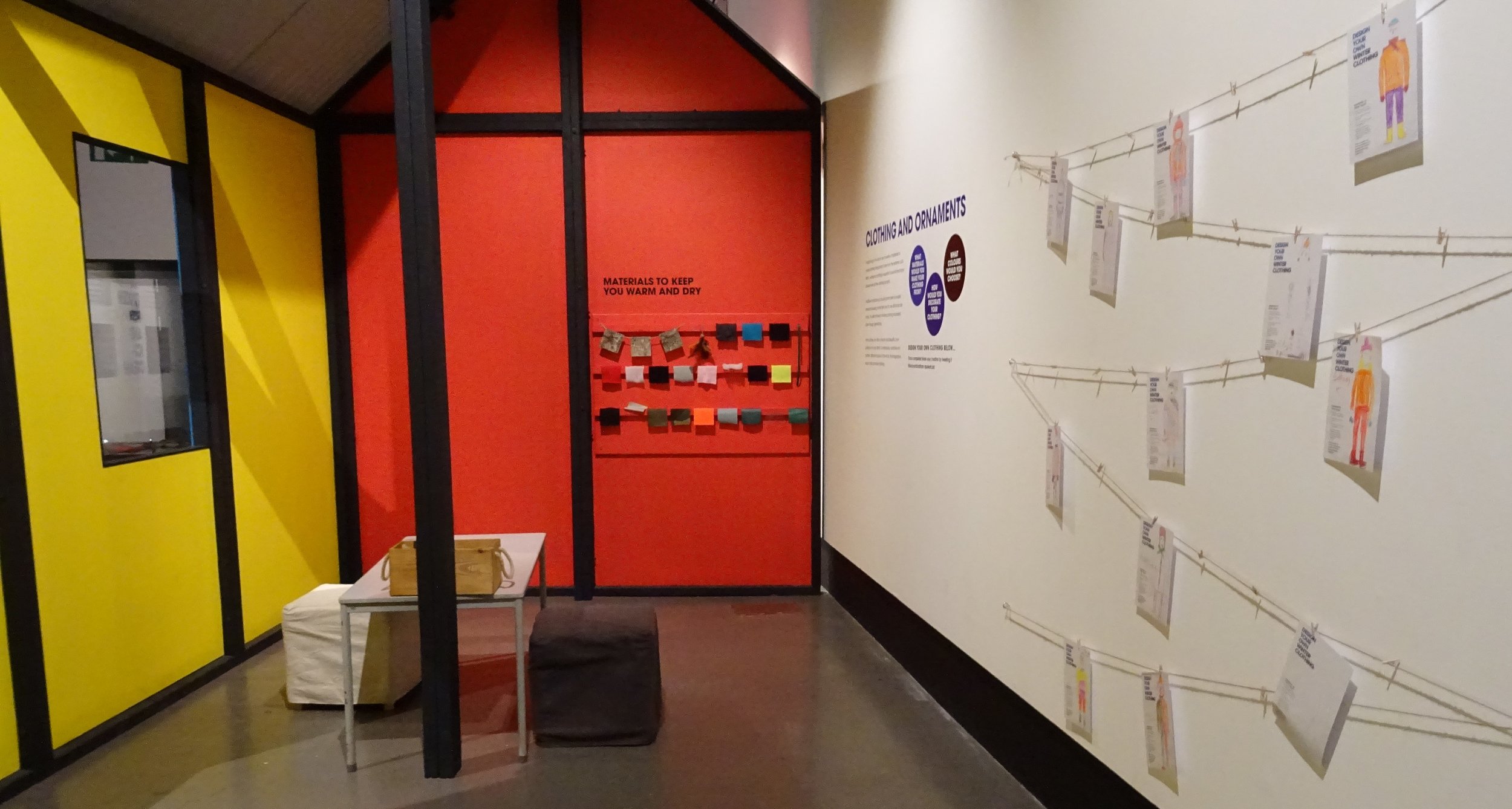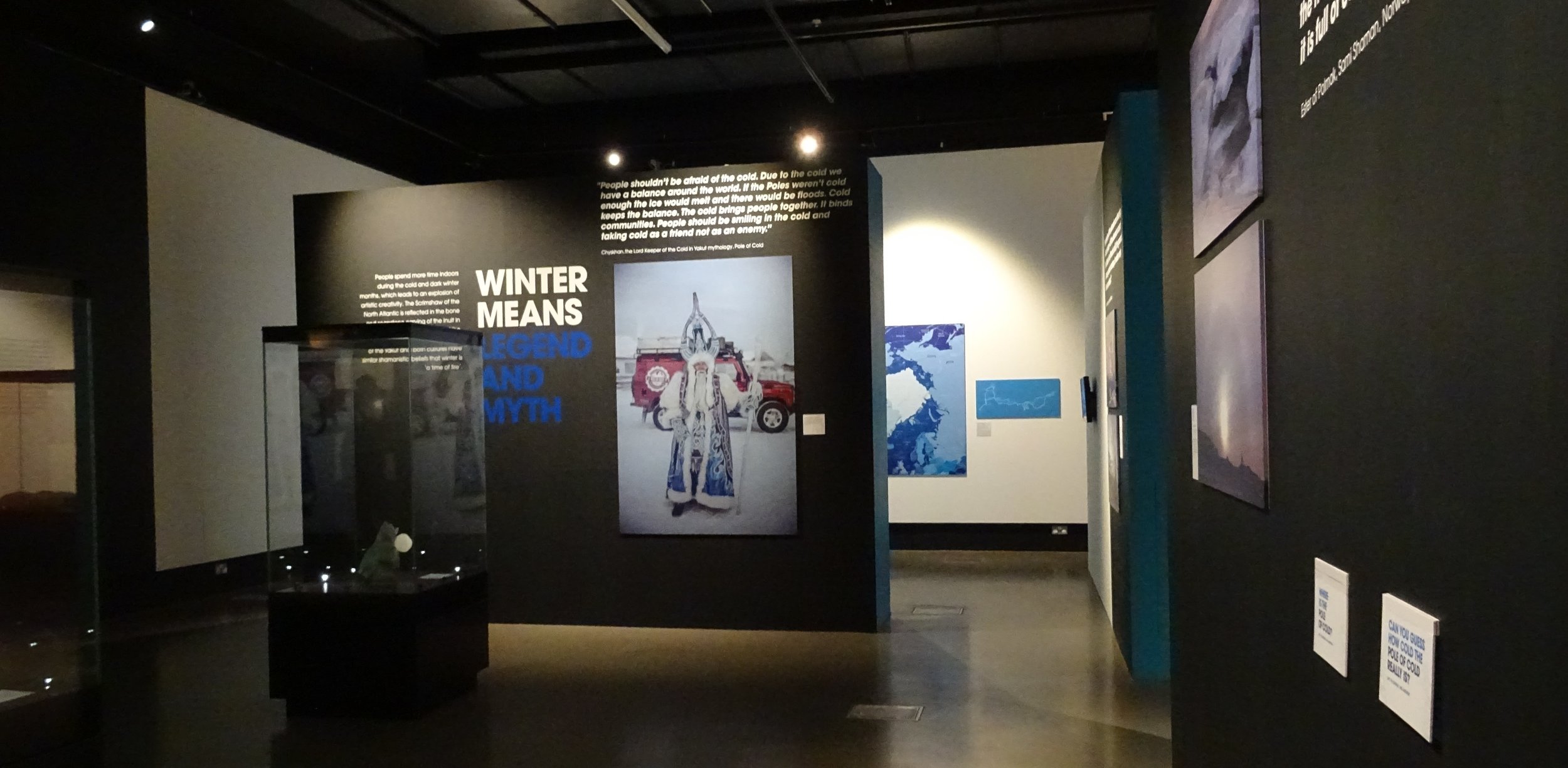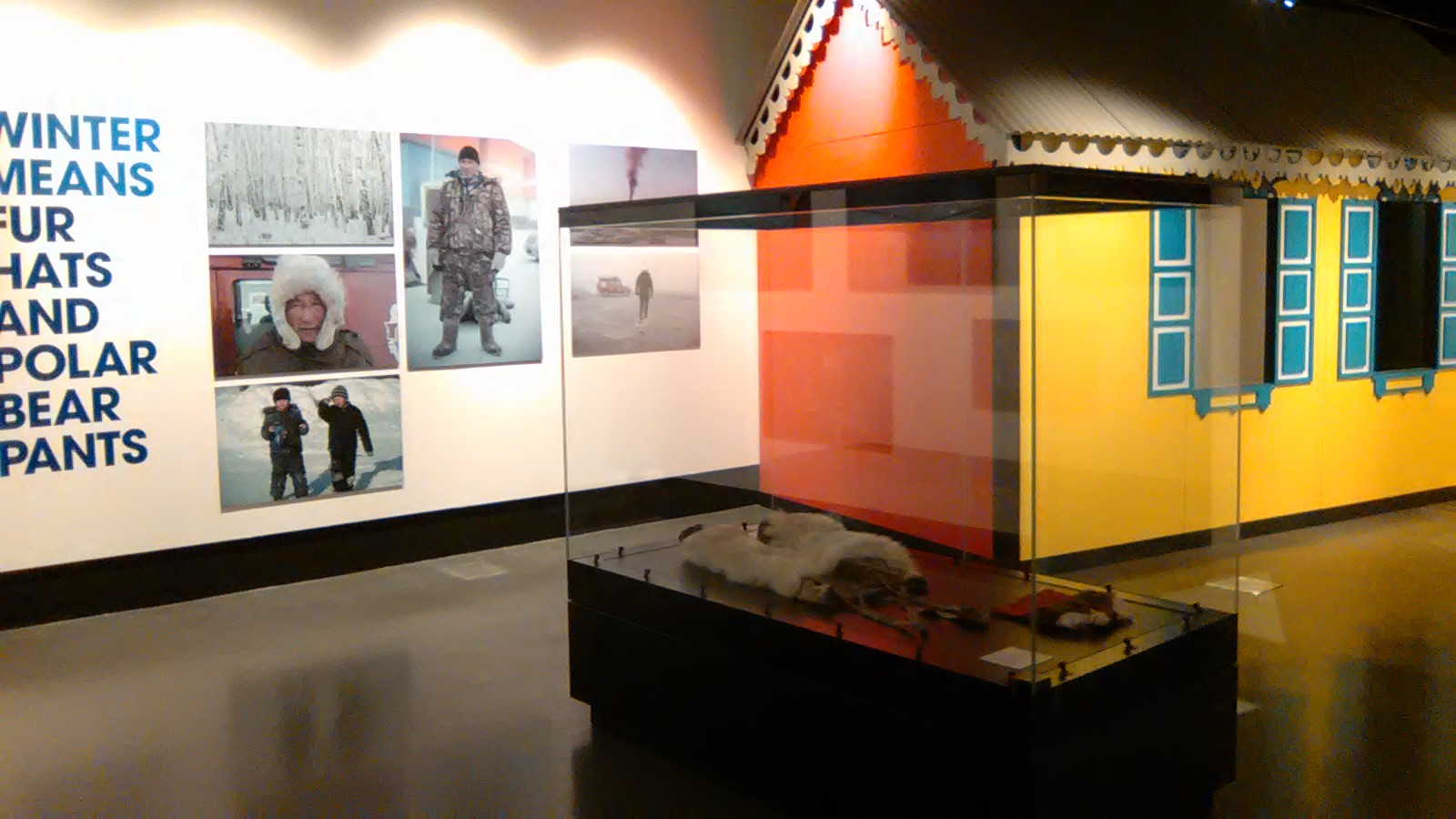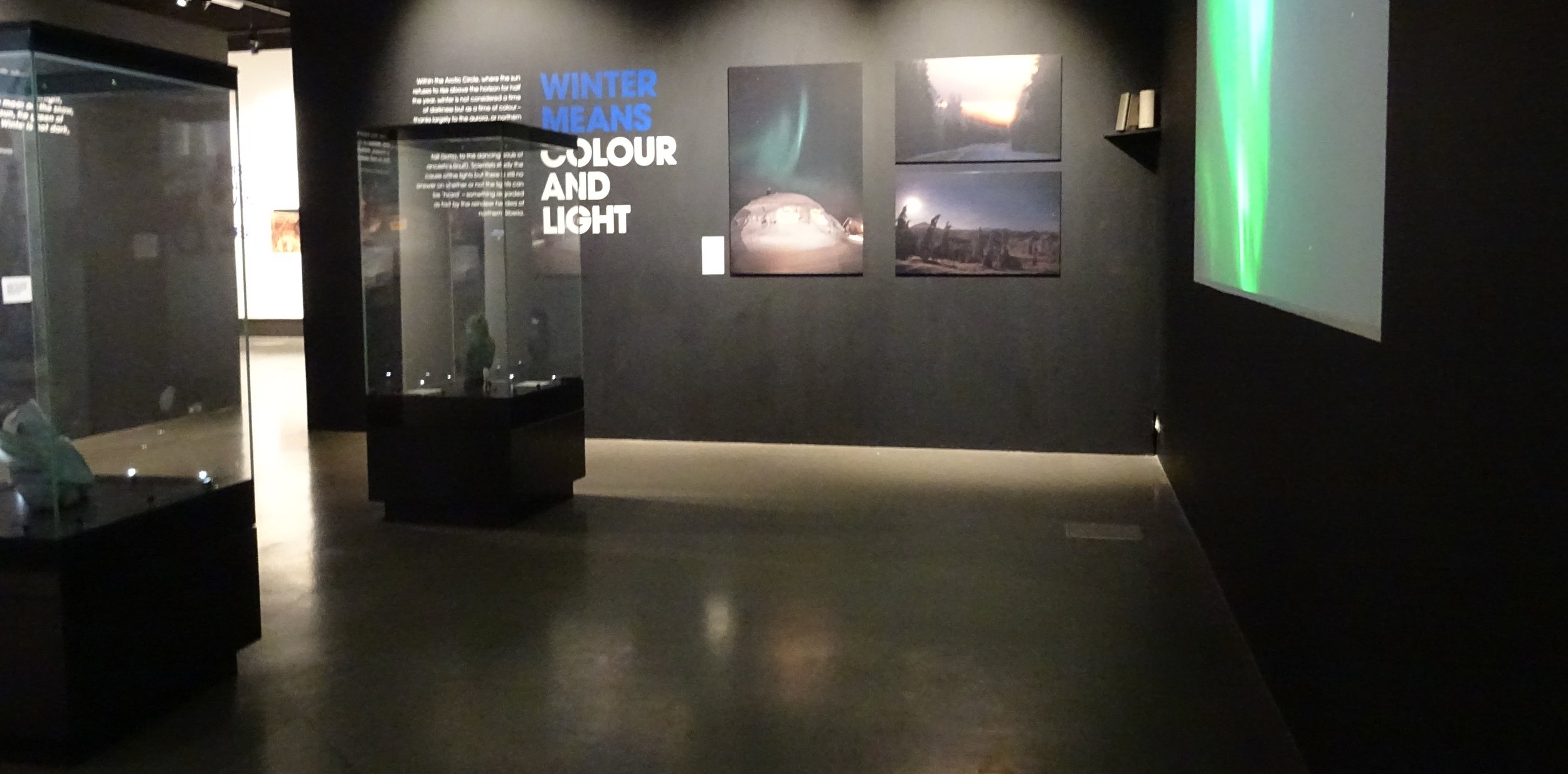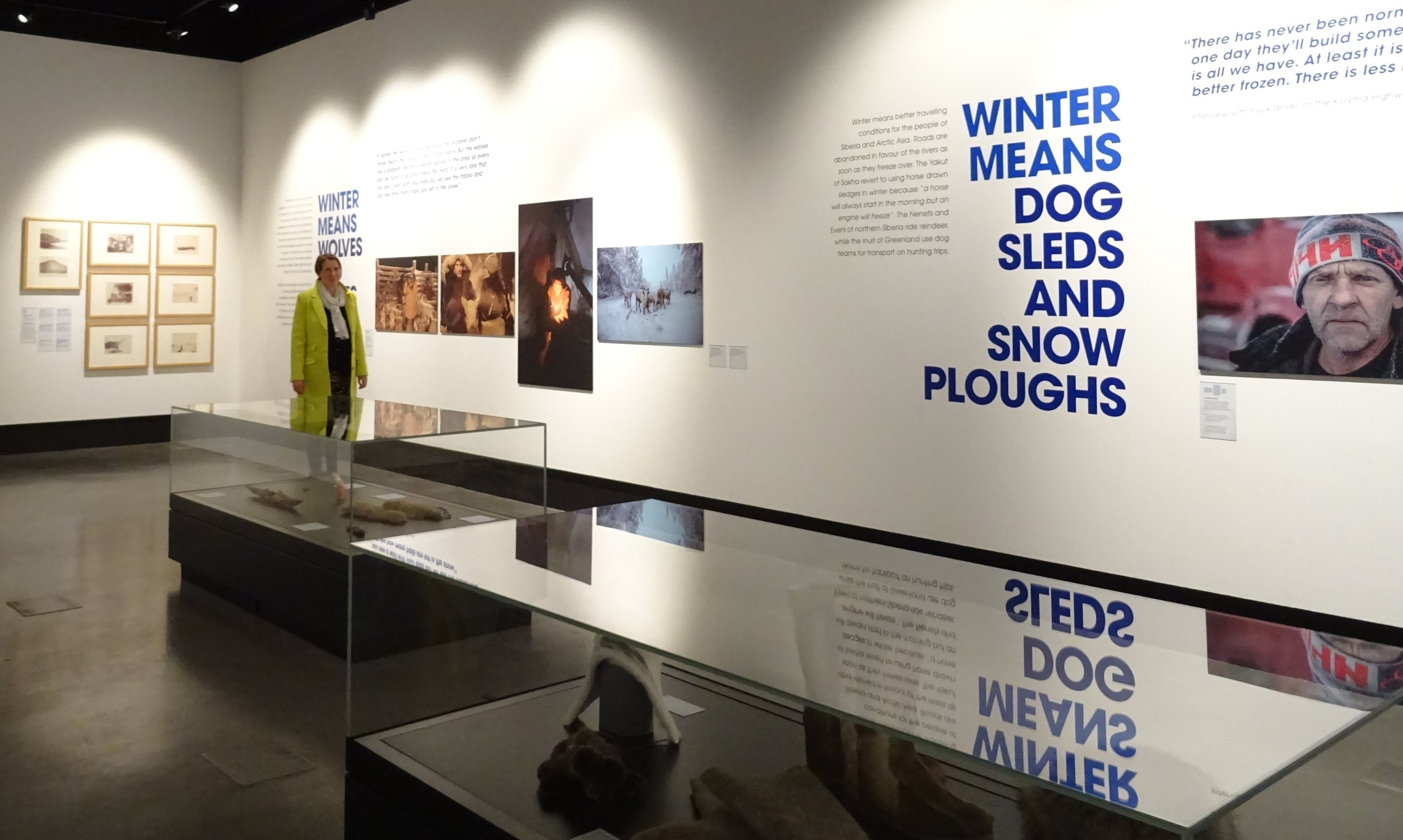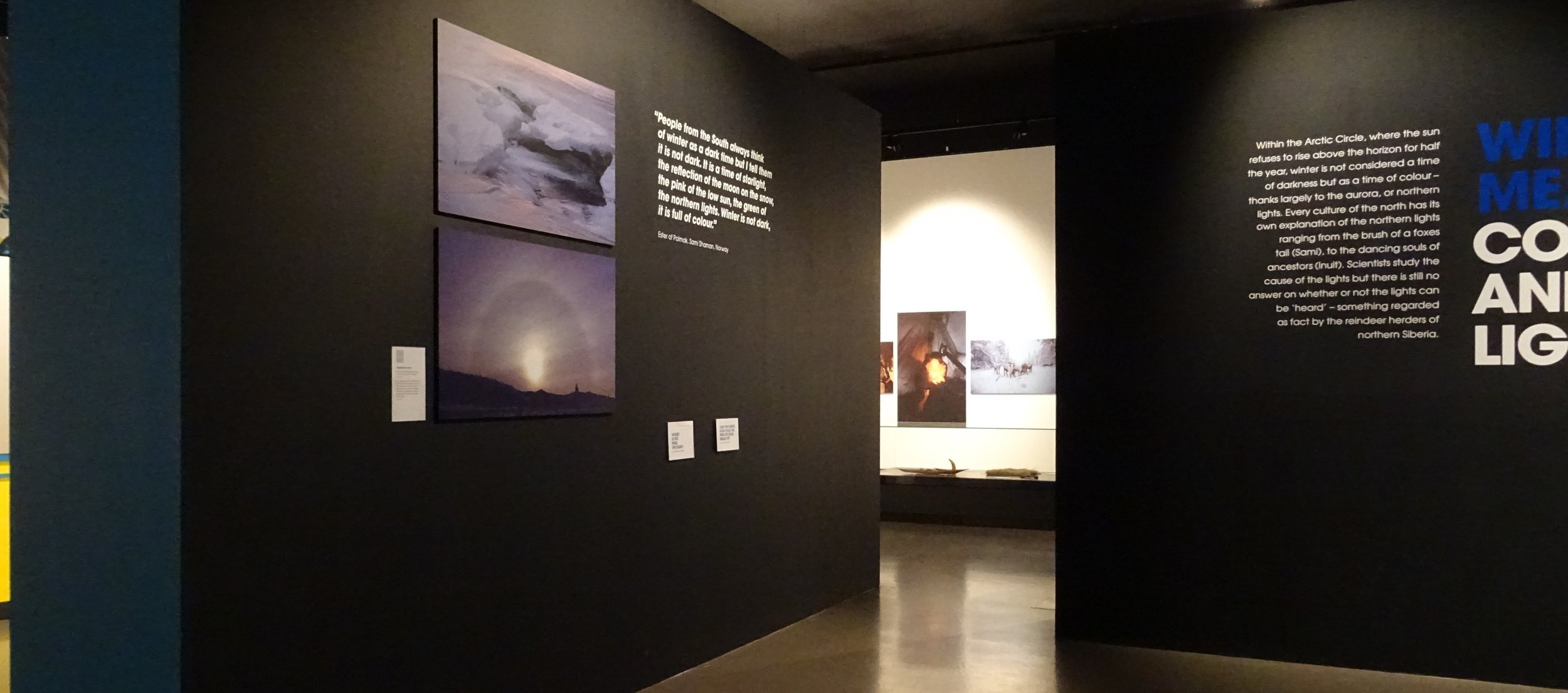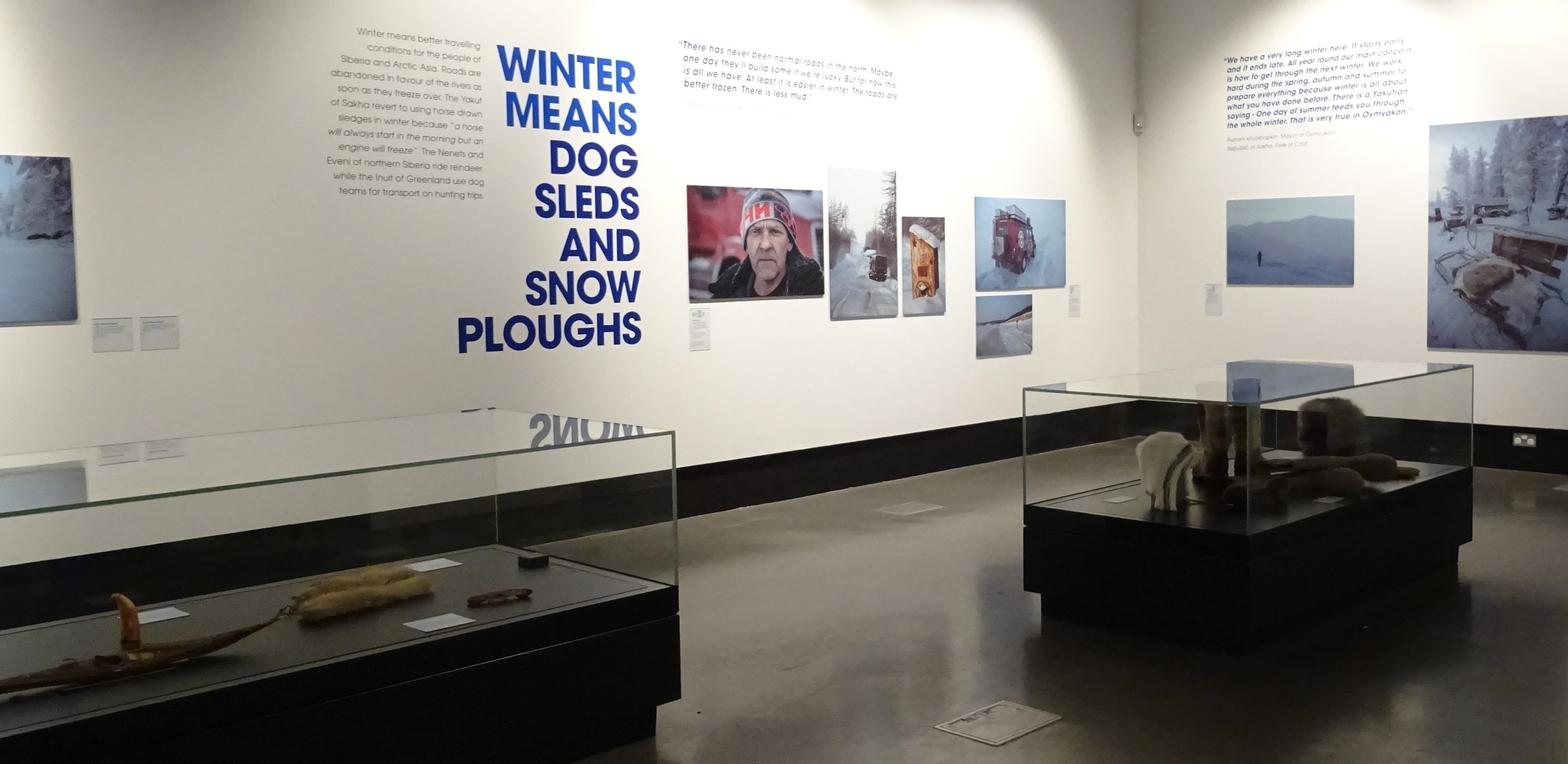The Pole of Cold Expedition
Recipients of the 6th annual Land Rover / Royal Geographical Society (with IBG) Bursary, the three-person Pole of Cold team set out from London in November 2013 to chase the onset of winter across Northern Europe and Siberia as far as the coldest inhabited place on Earth - the Pole of Cold.
Route of the expedition taken from the vehicle GPS.
Over the next four months the team drove the length of Norway and Finland, crossing the Arctic Circle twice, before driving the breadth of Eurasia, returning via Altai, Tuva, Sweden and Denmark - all in the depths of winter. In all, the team drove some 36,000km and experienced temperatures as low as -58.9C.
Curiosity about the day-to-day reality of life at the extremes of climate was the inspiration behind the Pole of Cold Expedition. The team aimed to focus on winter as a geographical concept by exploring the physical, cultural and social implications of the season throughout their journey.
During the expedition the team spent time with a variety of people recording wide-ranging perspectives on winter, from fishermen in Norway to aurora scientists in Finland, Shaman in Tuva and reindeer nomads in Yakutia. The team were also able to visit schools in the UK, Finland and at the Pole of Cold, comparing responses to the question, ‘What does winter mean to you?’
The expedition collected a range of material including images, interviews, video and sound recordings. Much of this was shared through social media and the expedition website.
On the team's return, the sounds of the expedition were paired with images and objects collected to create an exhibition called 'Pole of Cold: What does winter mean to you?'. The exhibition opened at the Royal Geographical Society in London during May 2014 before moving to the Turner Contemporary Gallery in Kent for the winter 2014/15 season and The Historic Dockyard, Chatham for autumn 2016.
Material from the expedition was also developed into award-winning education resources by the Royal Geographical Society 'From the Field' initiative. These resources are available online for free at: www.rgs.org
A selection of fun experiments made at the Pole of Cold, the coldest inhabited place in the world, at temperatures below -50C
“People from the South always think of winter as a dark time but I tell them it is not dark. It is a time of starlight, the reflection of the moon on the snow, the pink of the low sun, the green of the northern lights. Winter is not dark, it is full of colour.”
An introduction to the expedition Land Rover and the modifications added in preparation for the cold climate
“People shouldn’t be afraid of the cold. Cold keeps the balance. The cold brings people together. It binds communities. People should be smiling in the cold and taking winter as a friend, not an enemy.”
The Pole of Cold exhibition was exhibited at the Royal Geographical Society in London, the Turner Contemporary Gallery n Margate and The Historic Dockyard, Chatham, as well as in Reykjavik, Iceland.
Felicity has written a book about the expedition. 'Chasing Winter: A Journey to the Pole of Cold' is an A4 hardback book containing revealing stories and over 190 colour images of the most extreme winter climates in the world and the people who live in them.
“Winter is Hell!
When there is storm and snow we don’t see more than one and a half metres. I don’t see my friend on the other side of the boat because of the snow.
Winter is a lot of work, a lot of fish
and a lot of money.”

